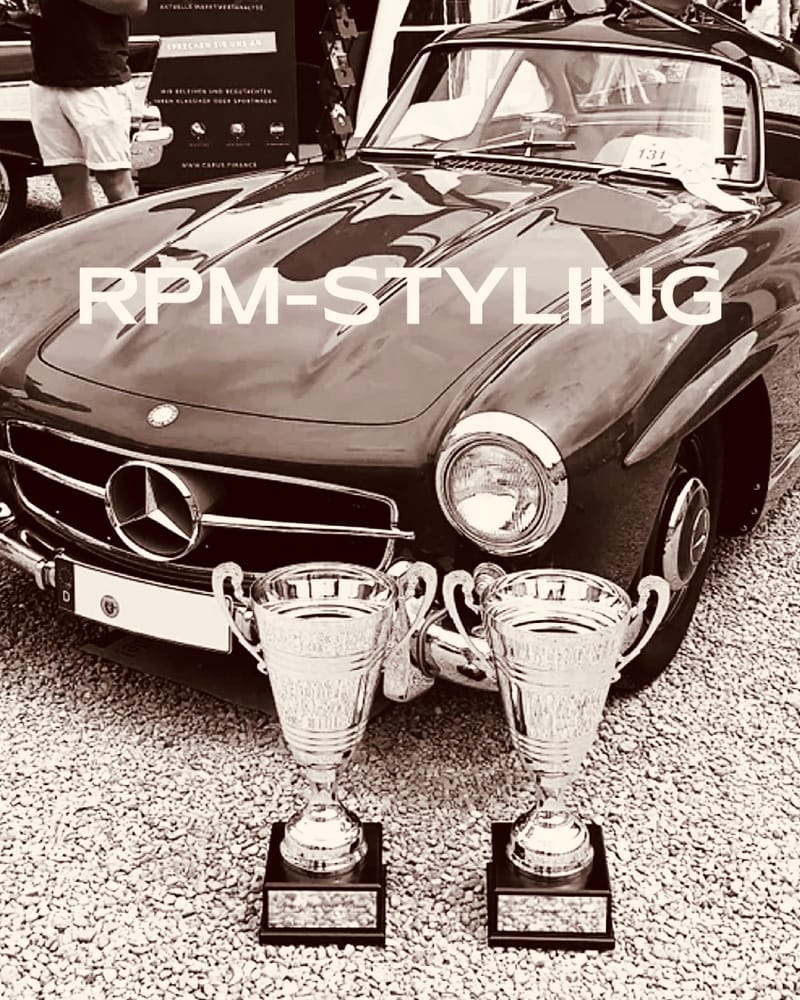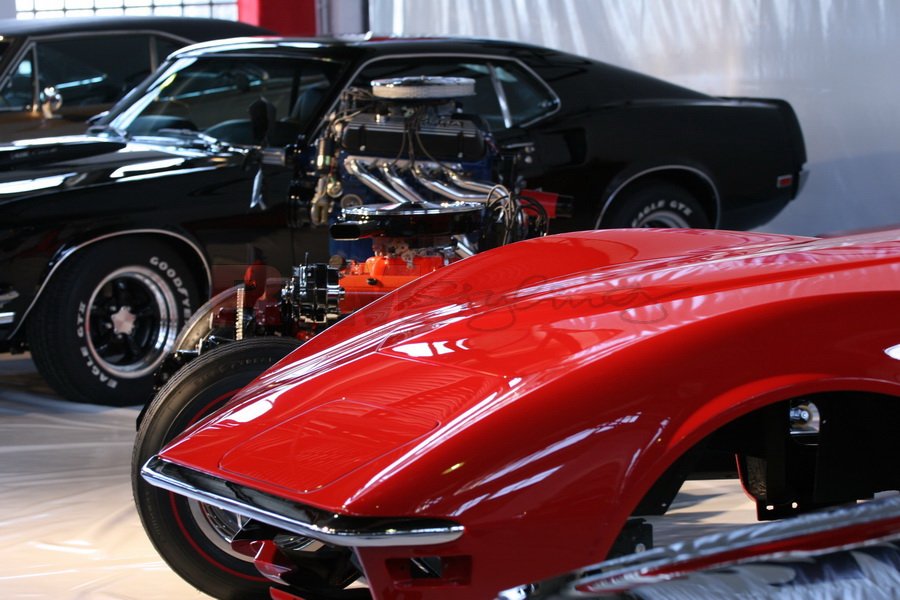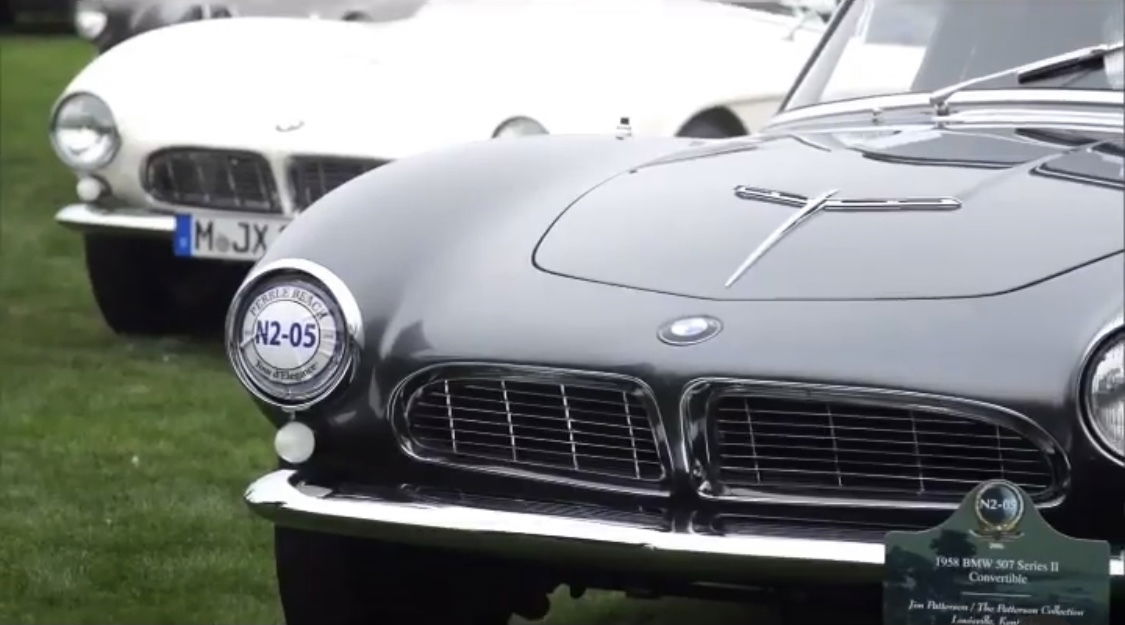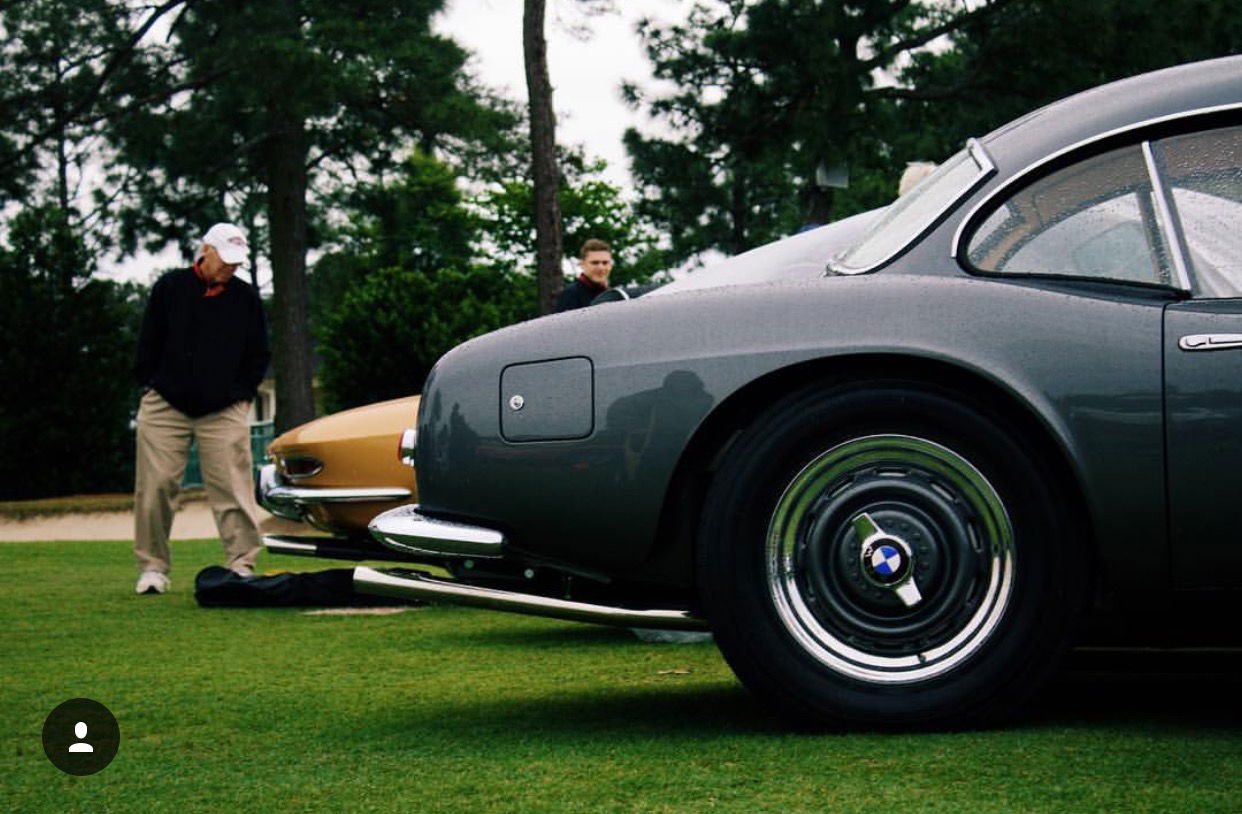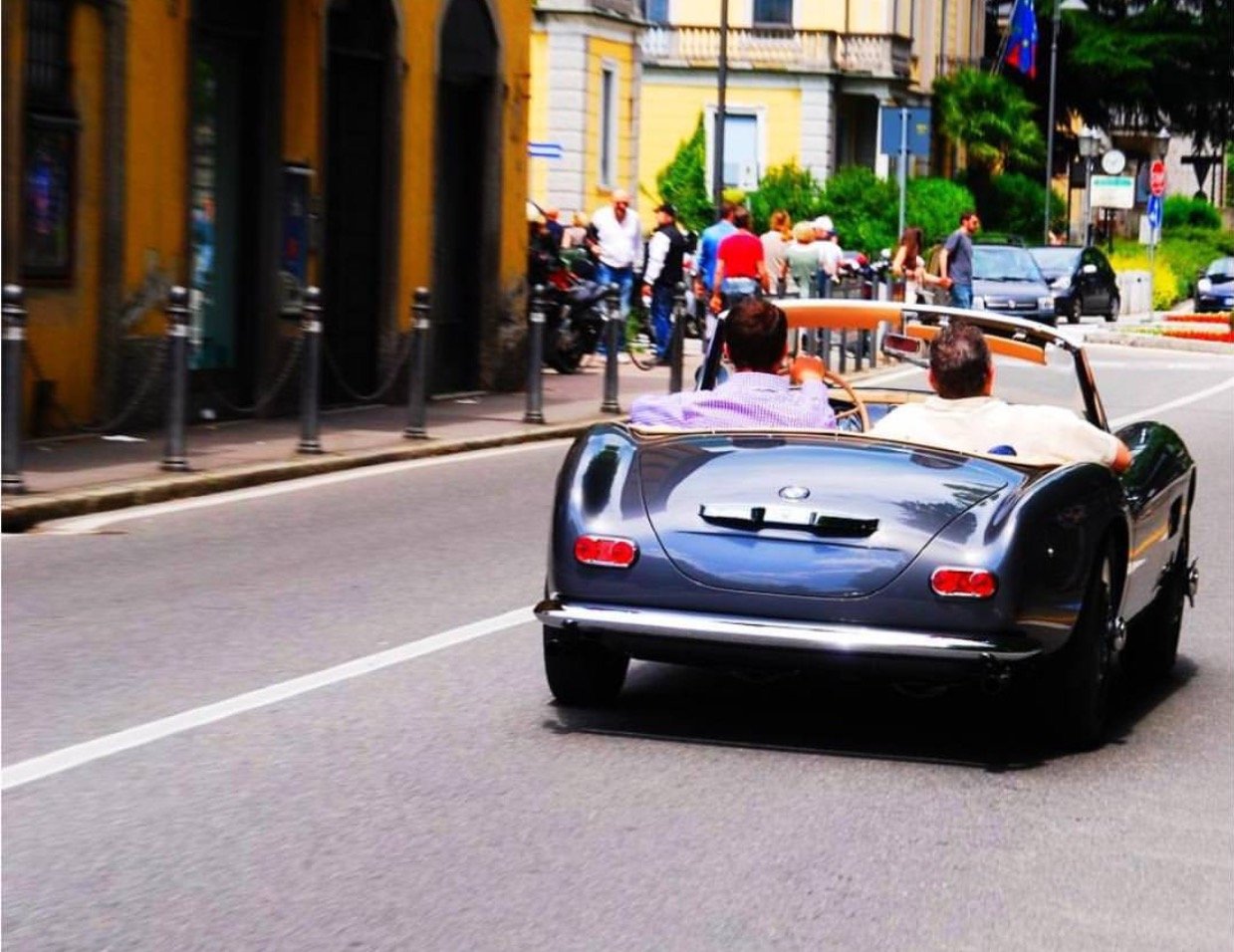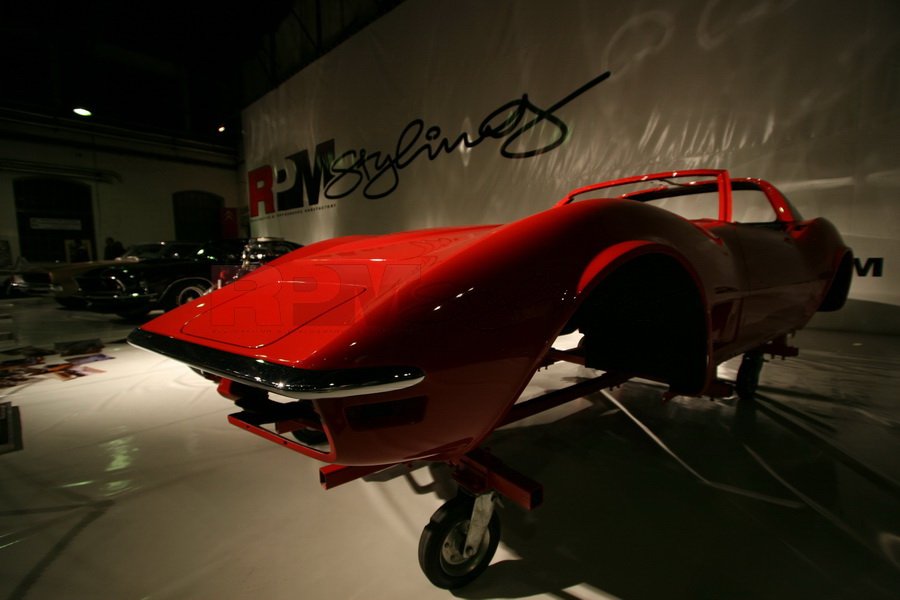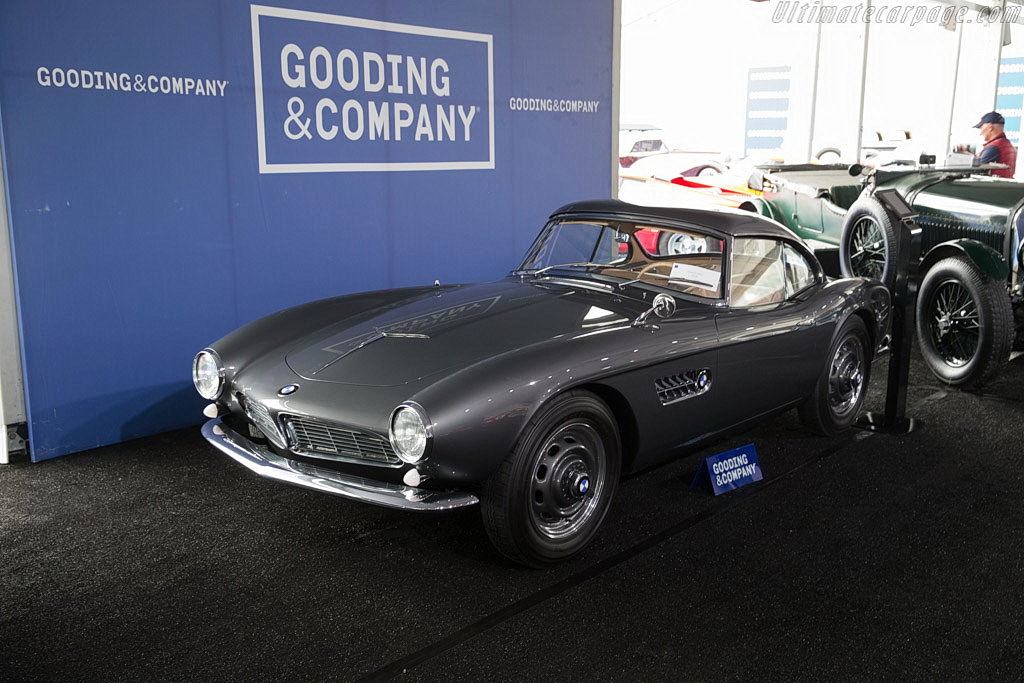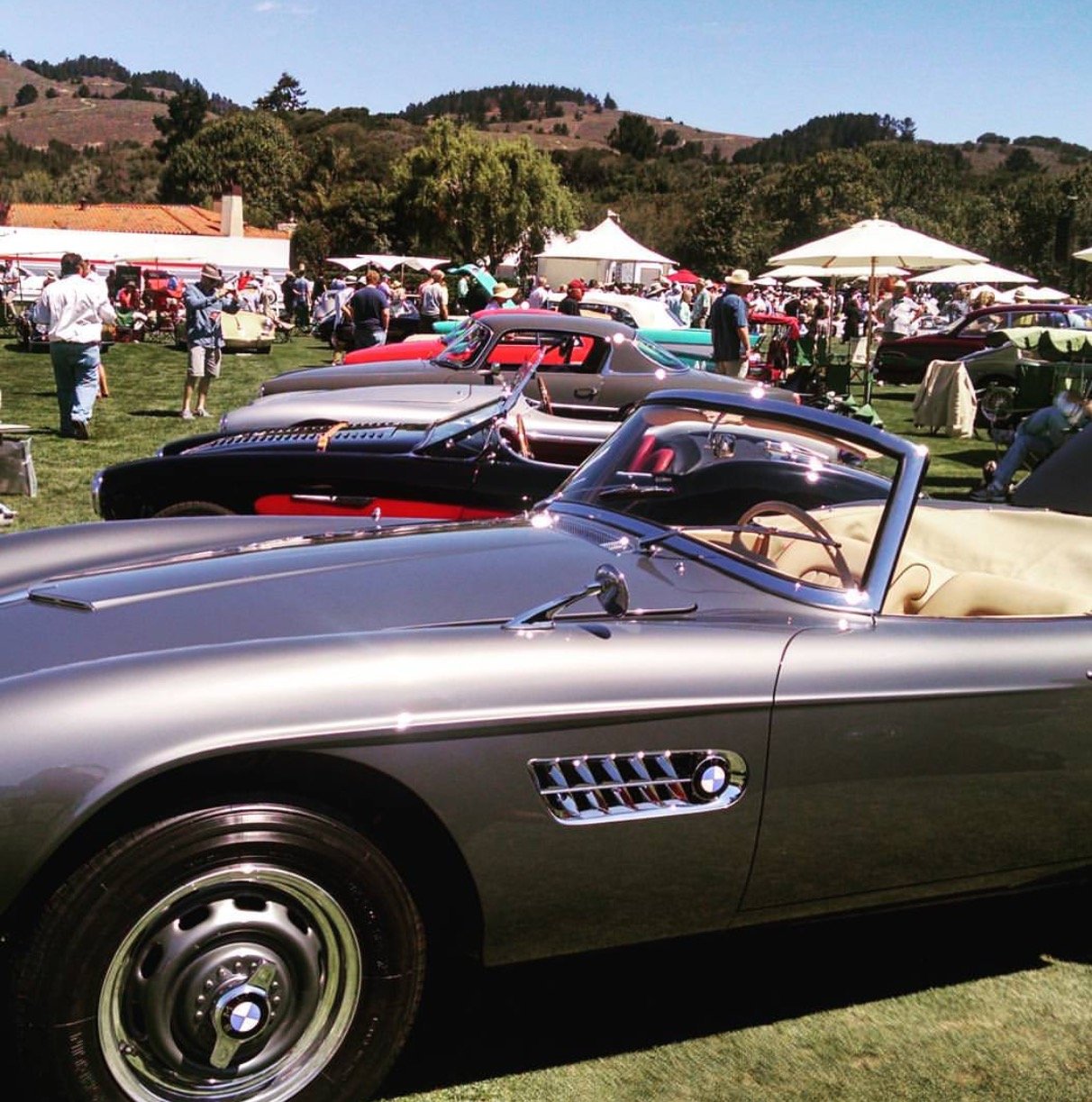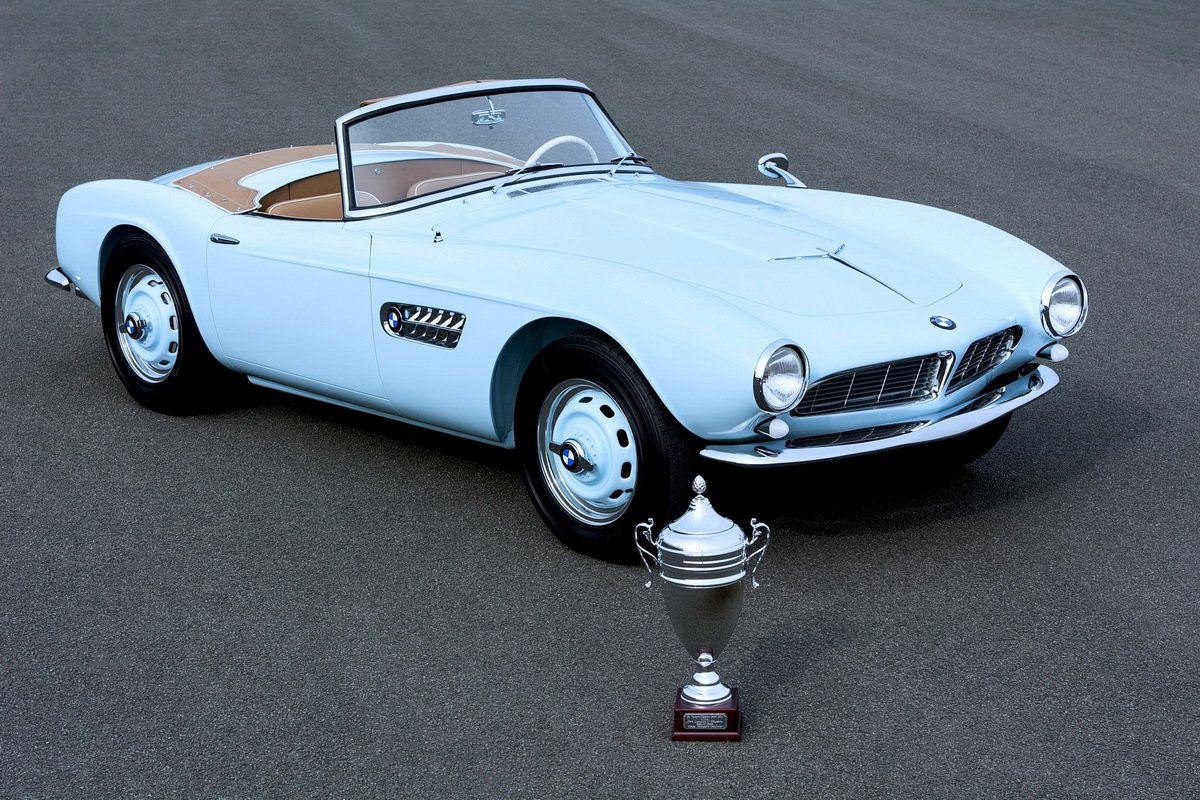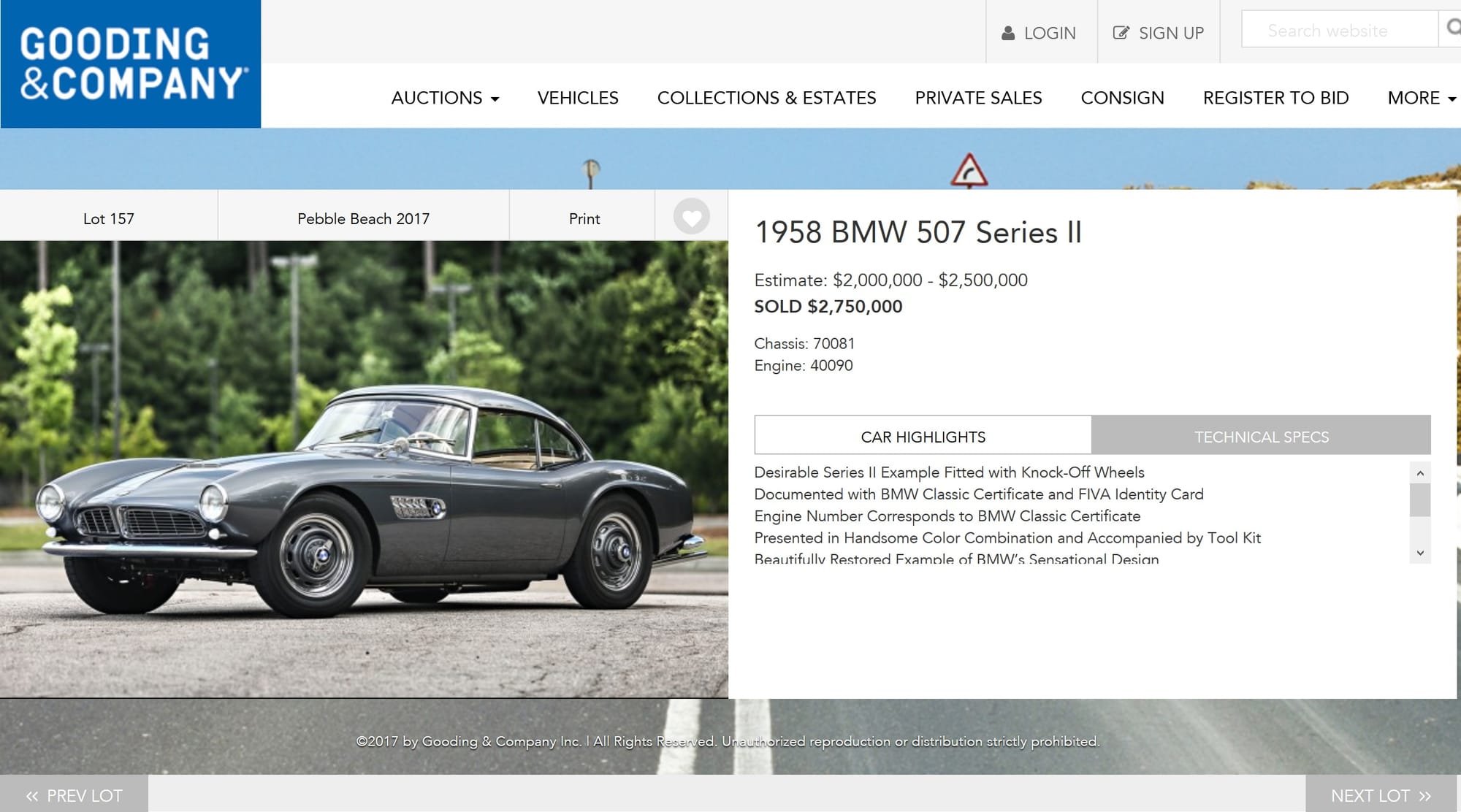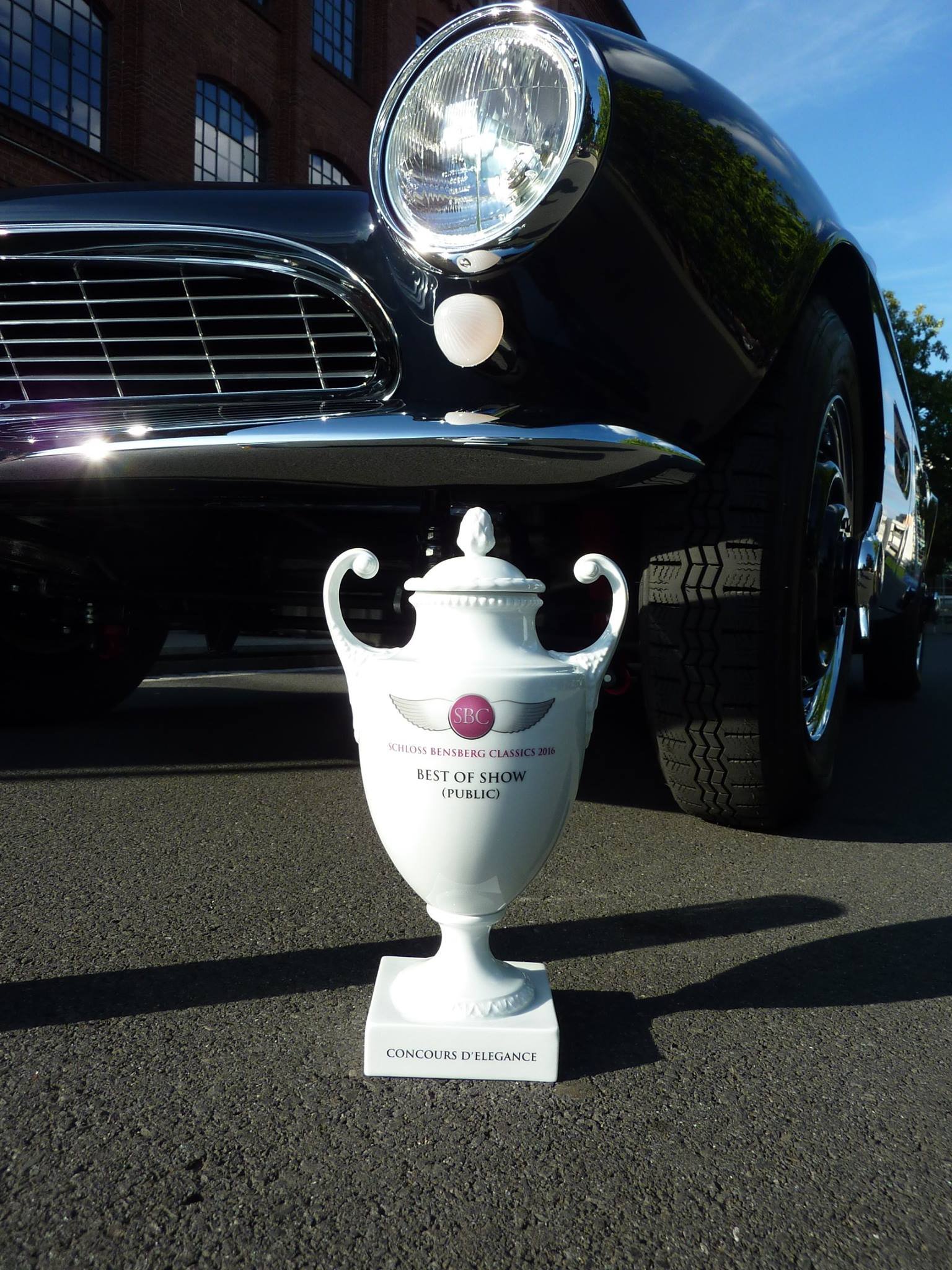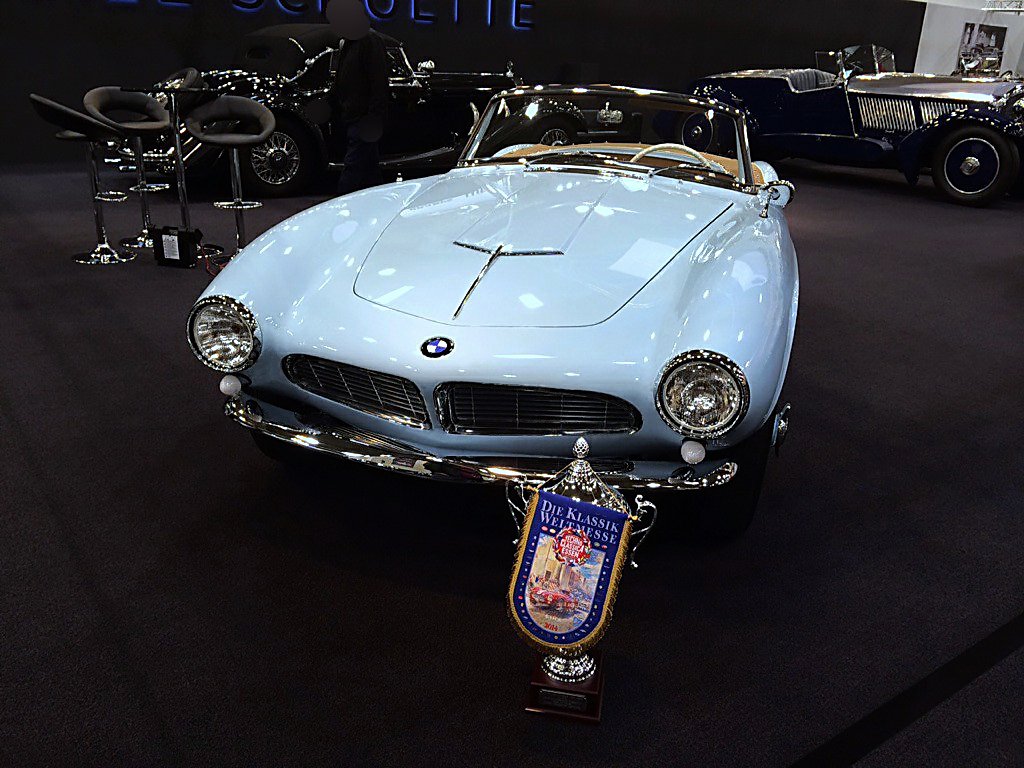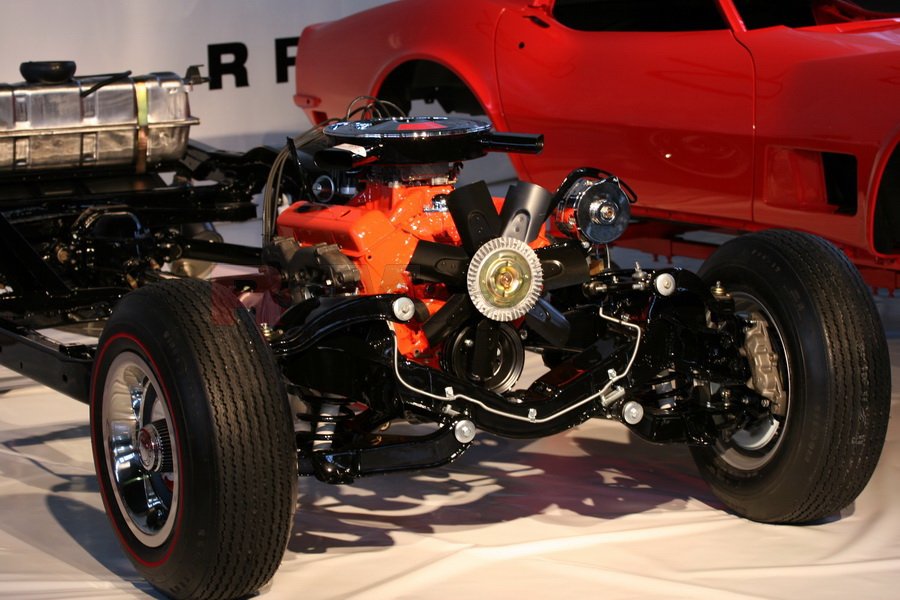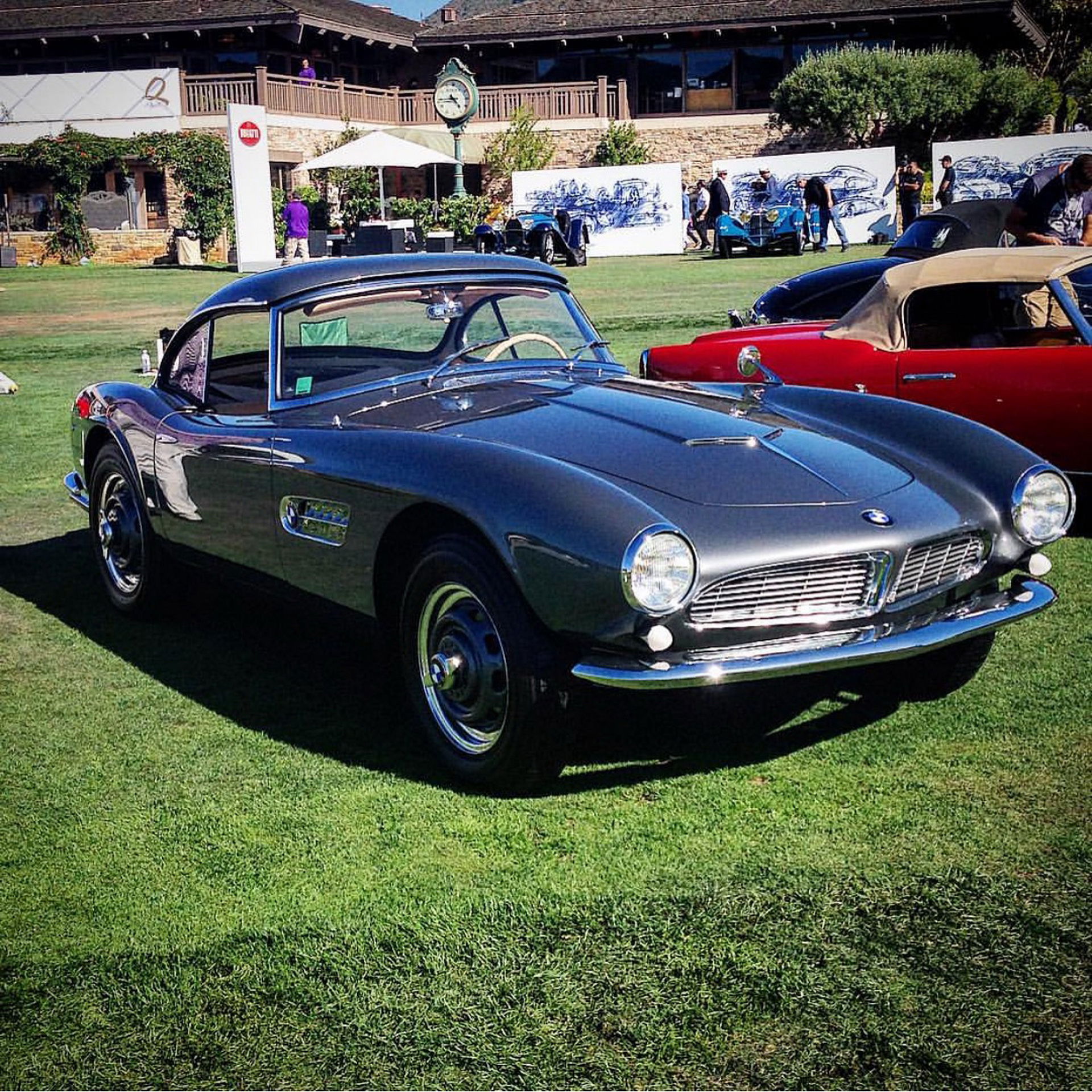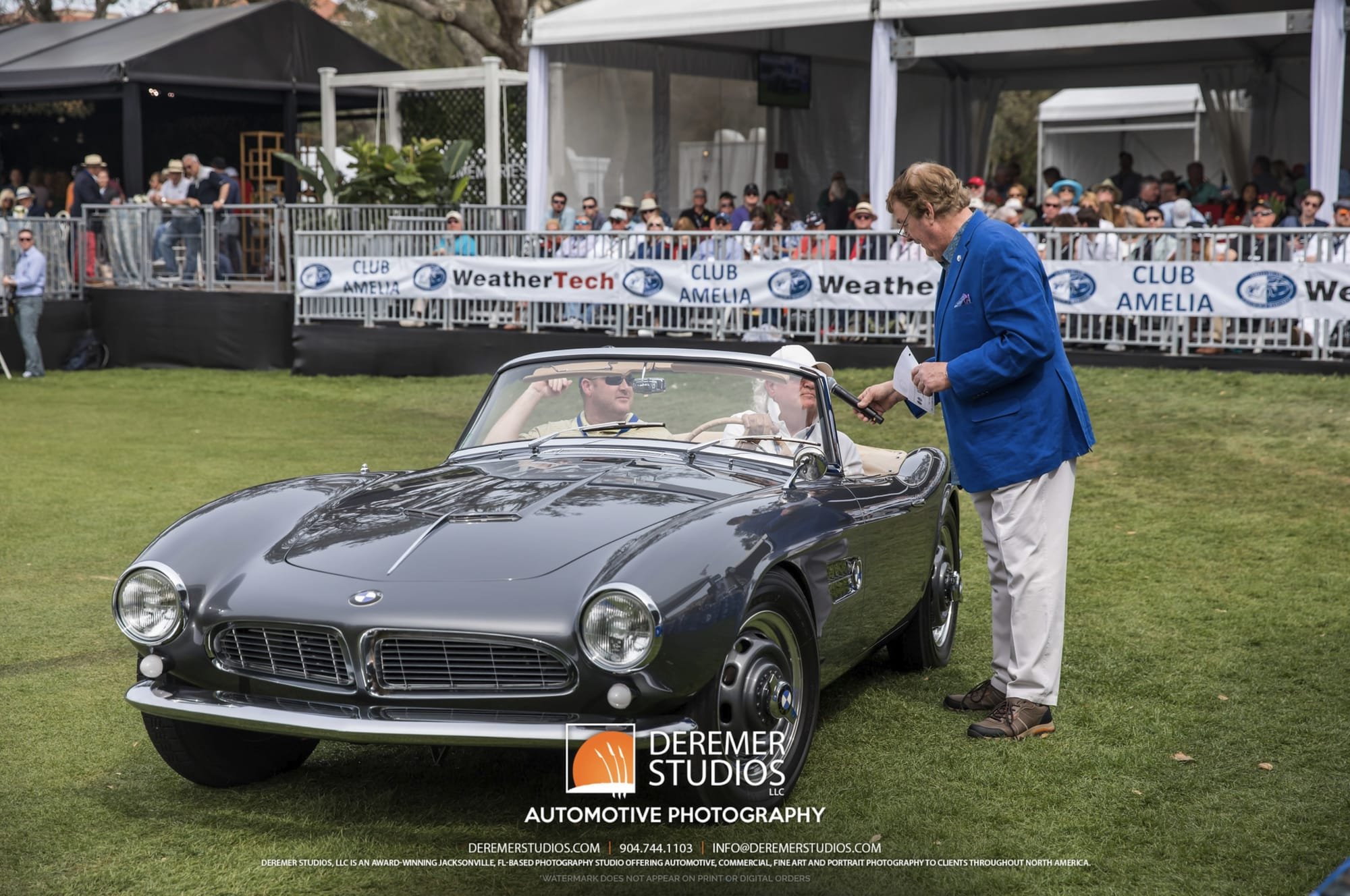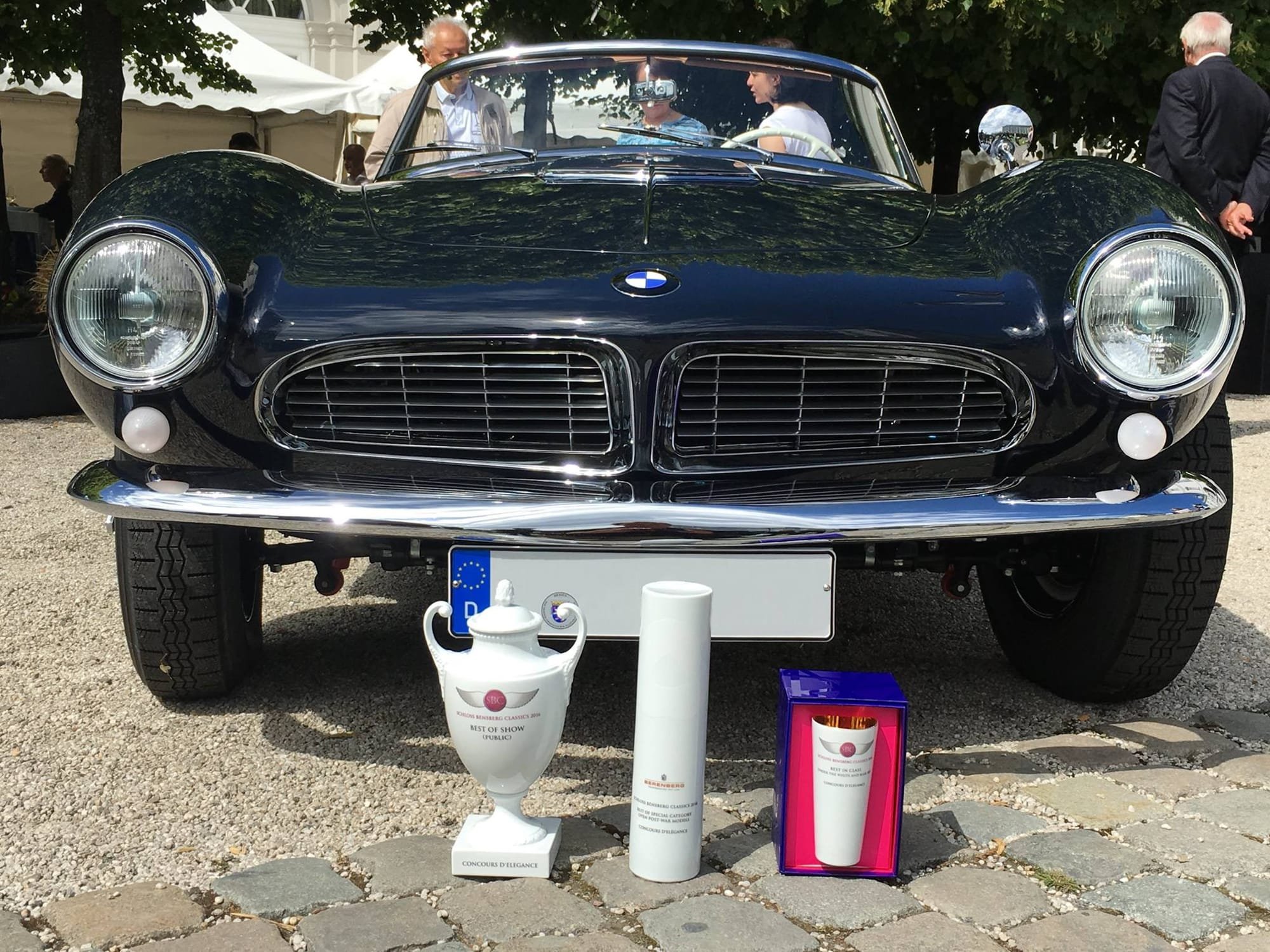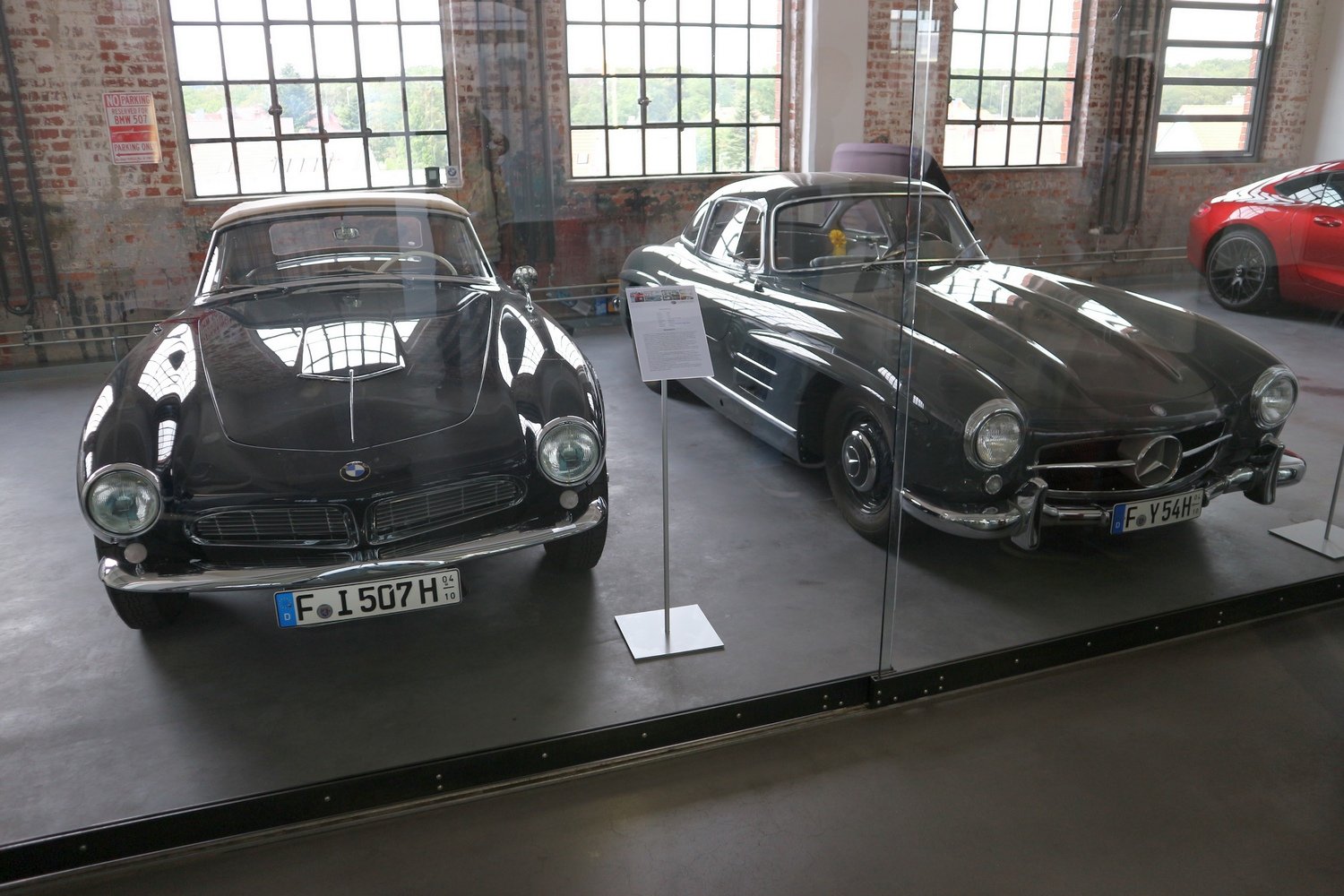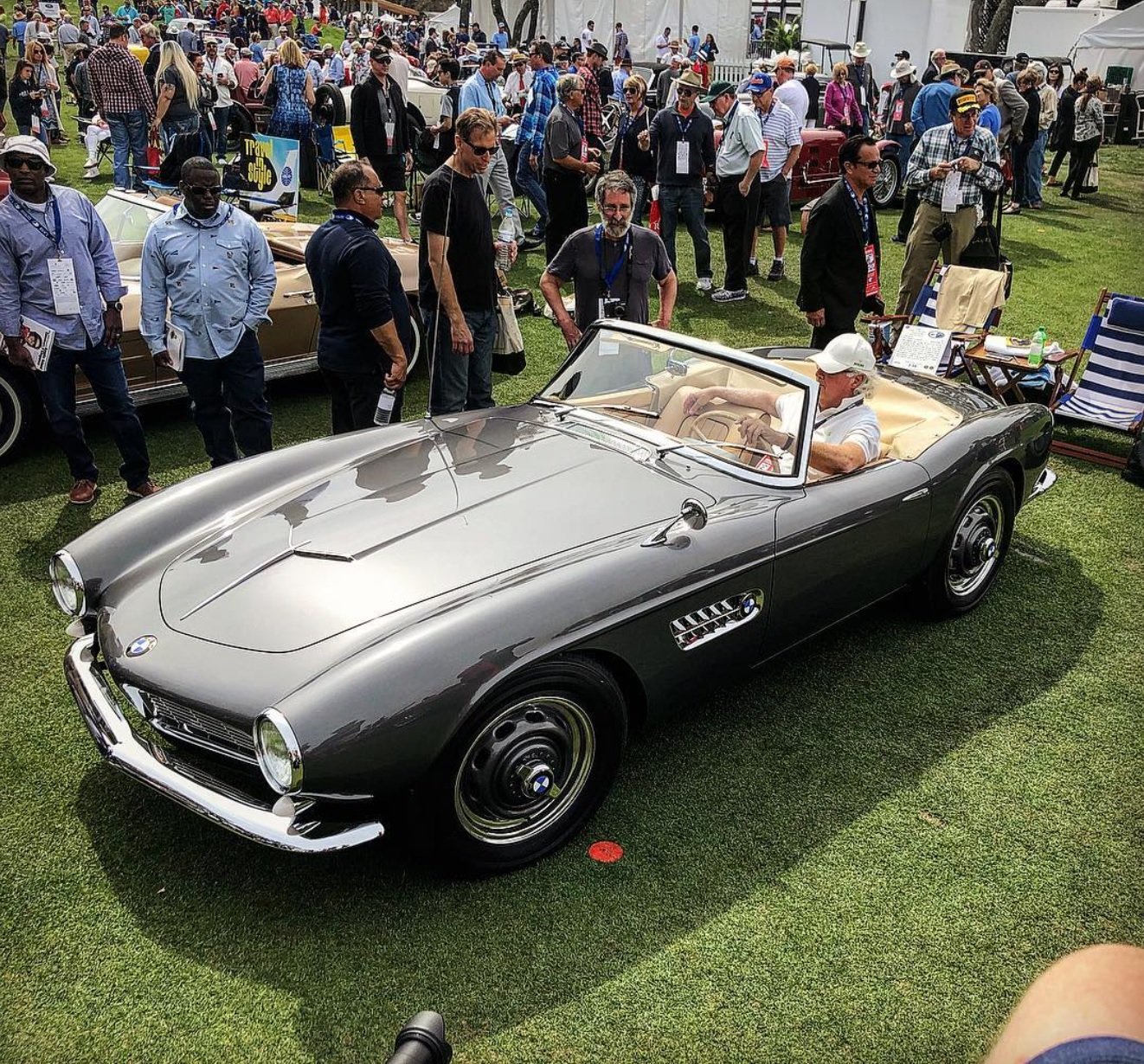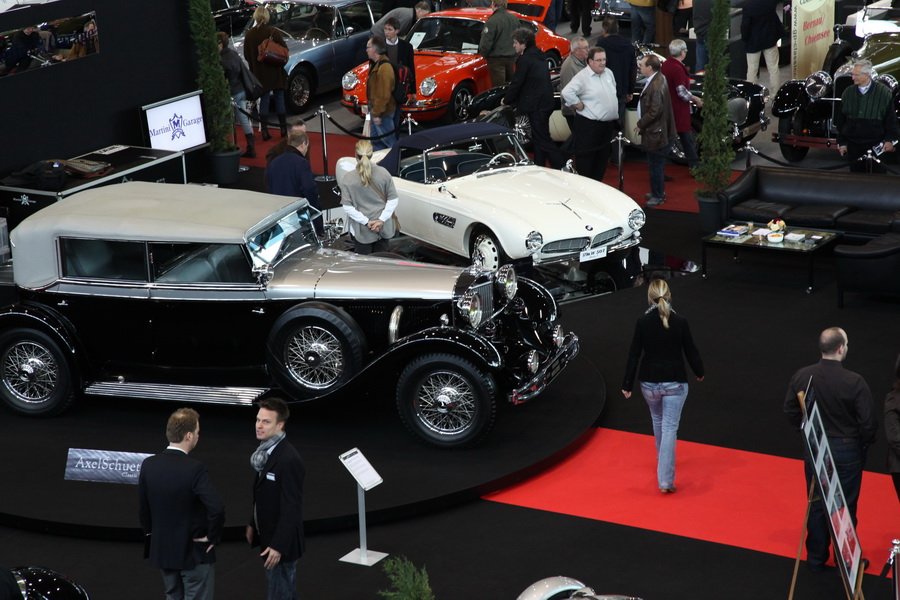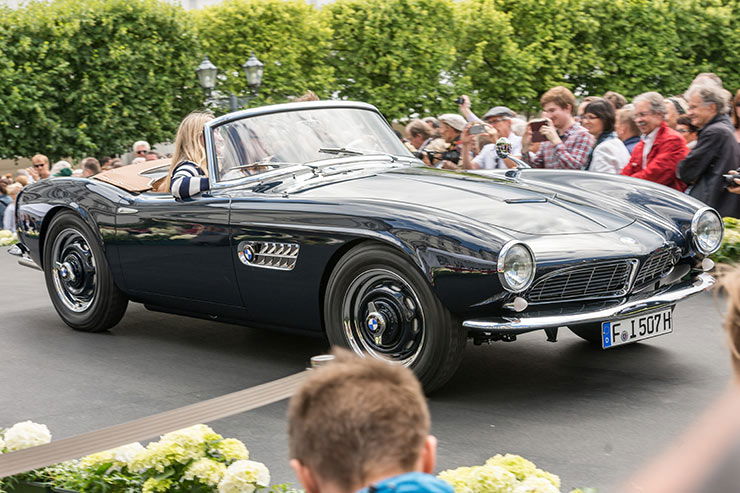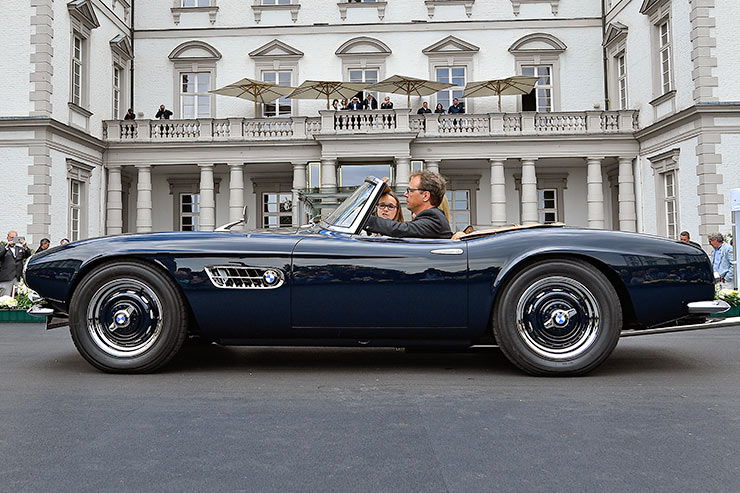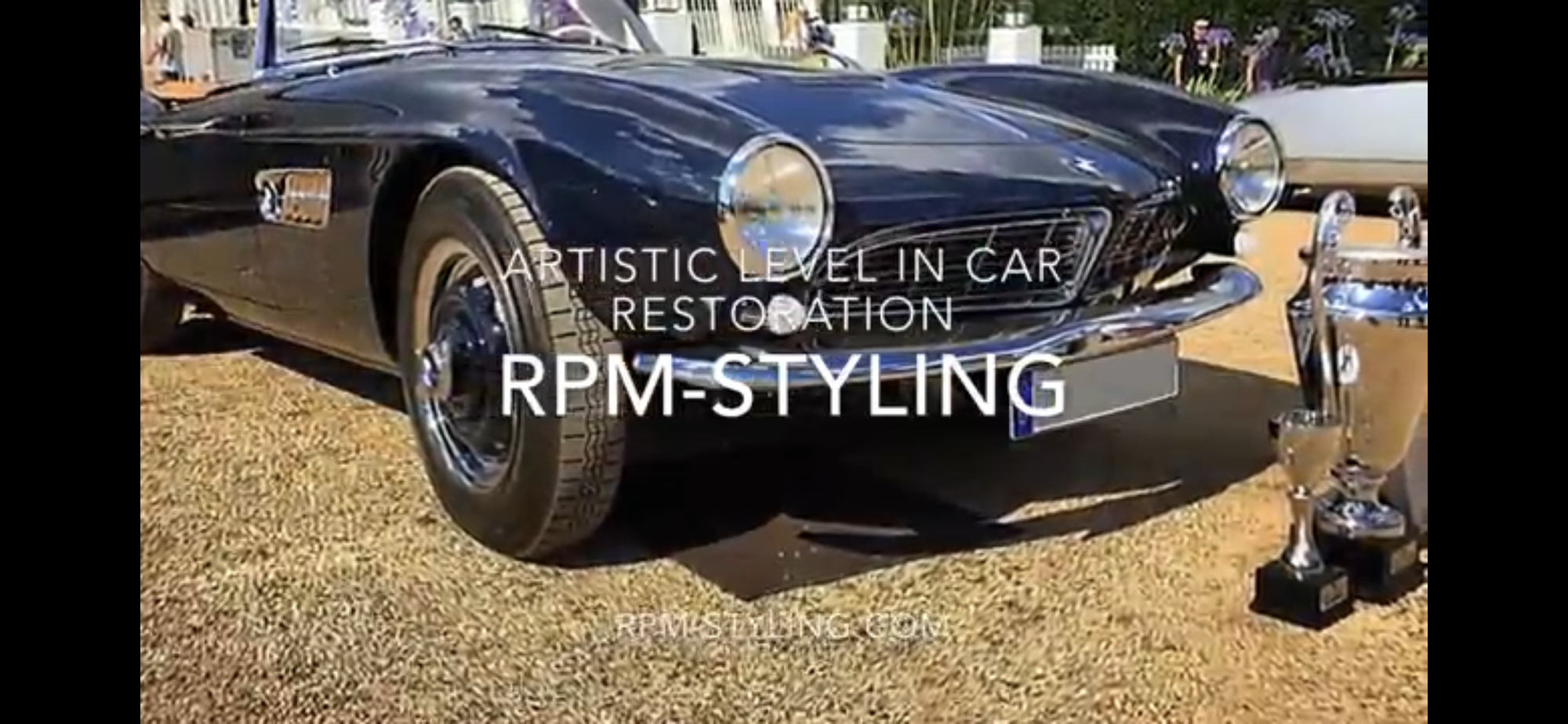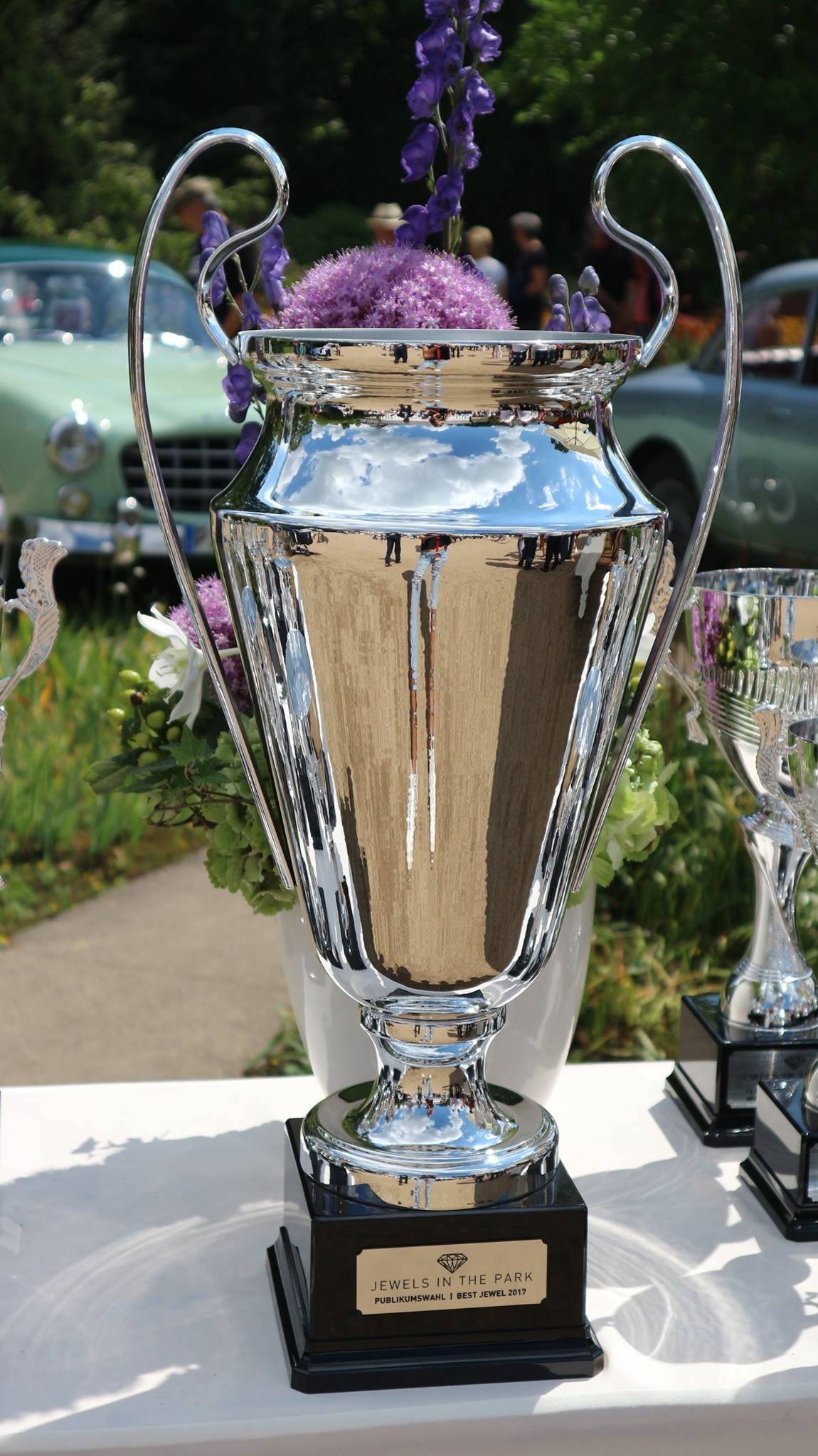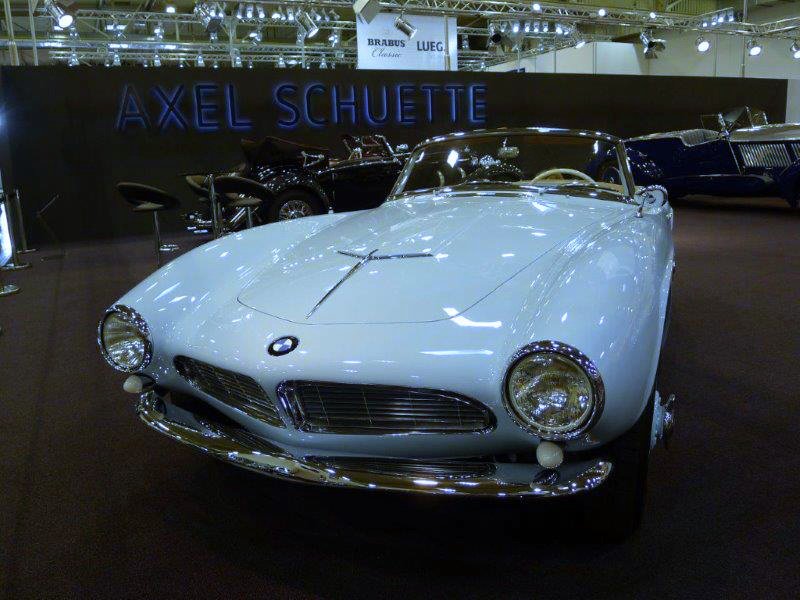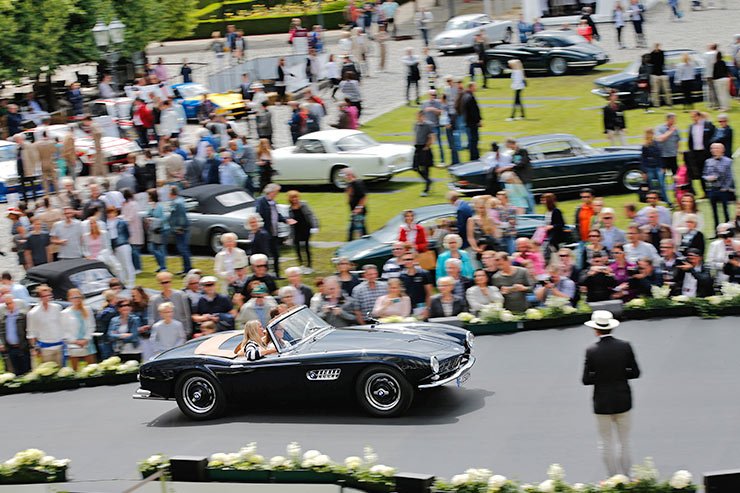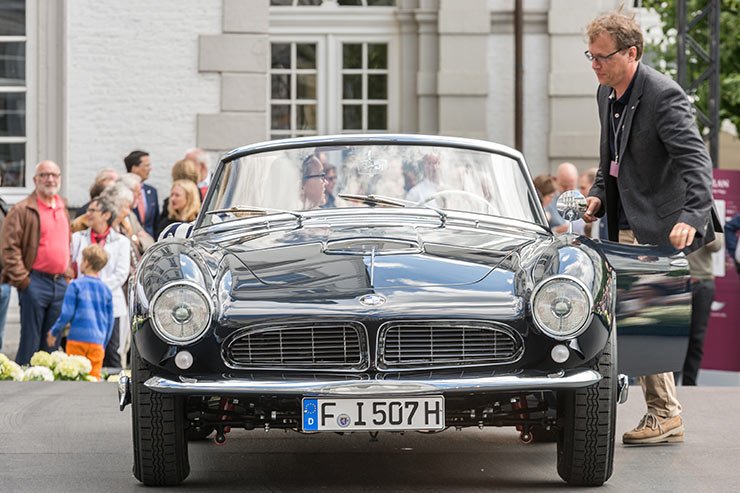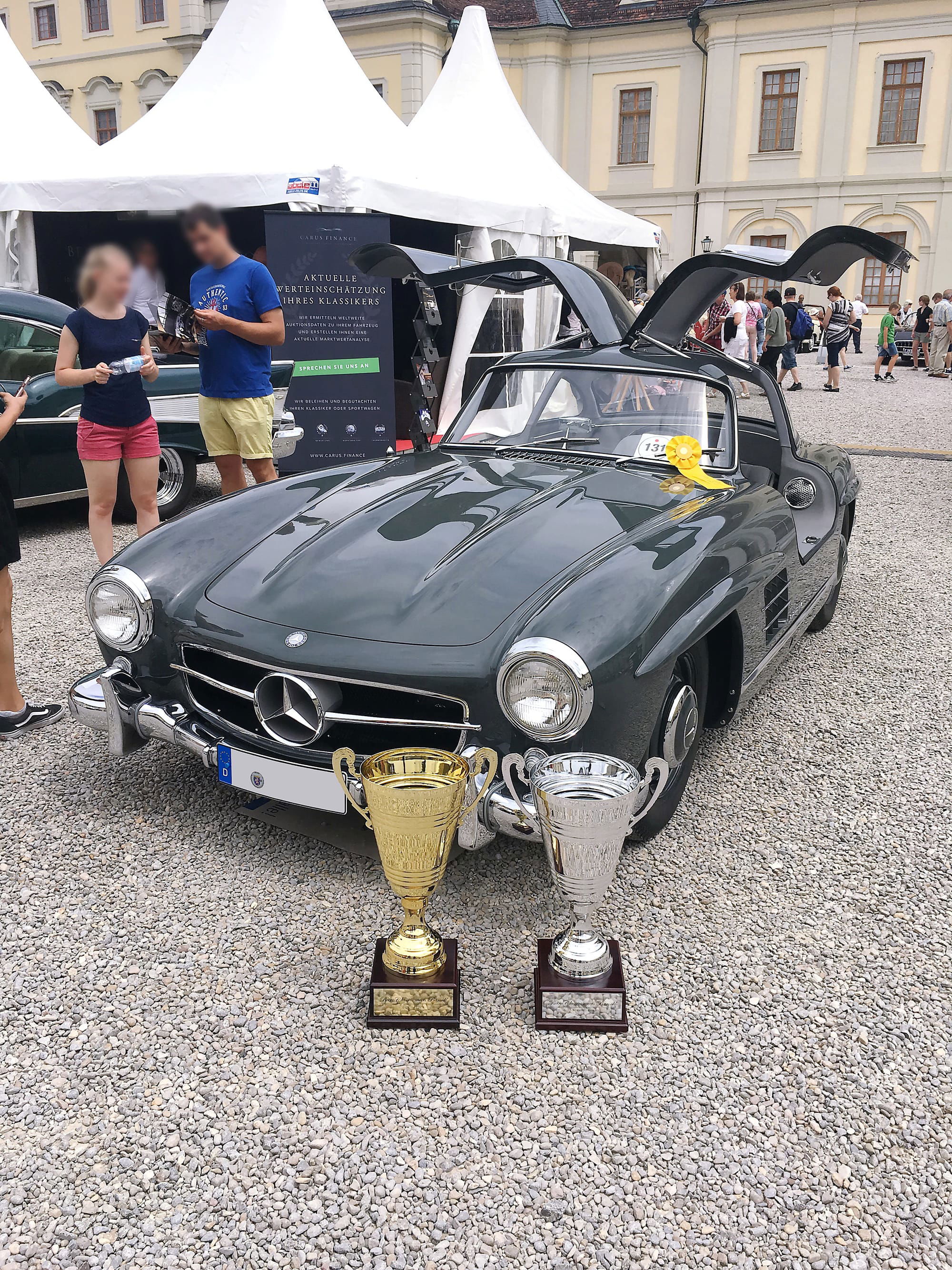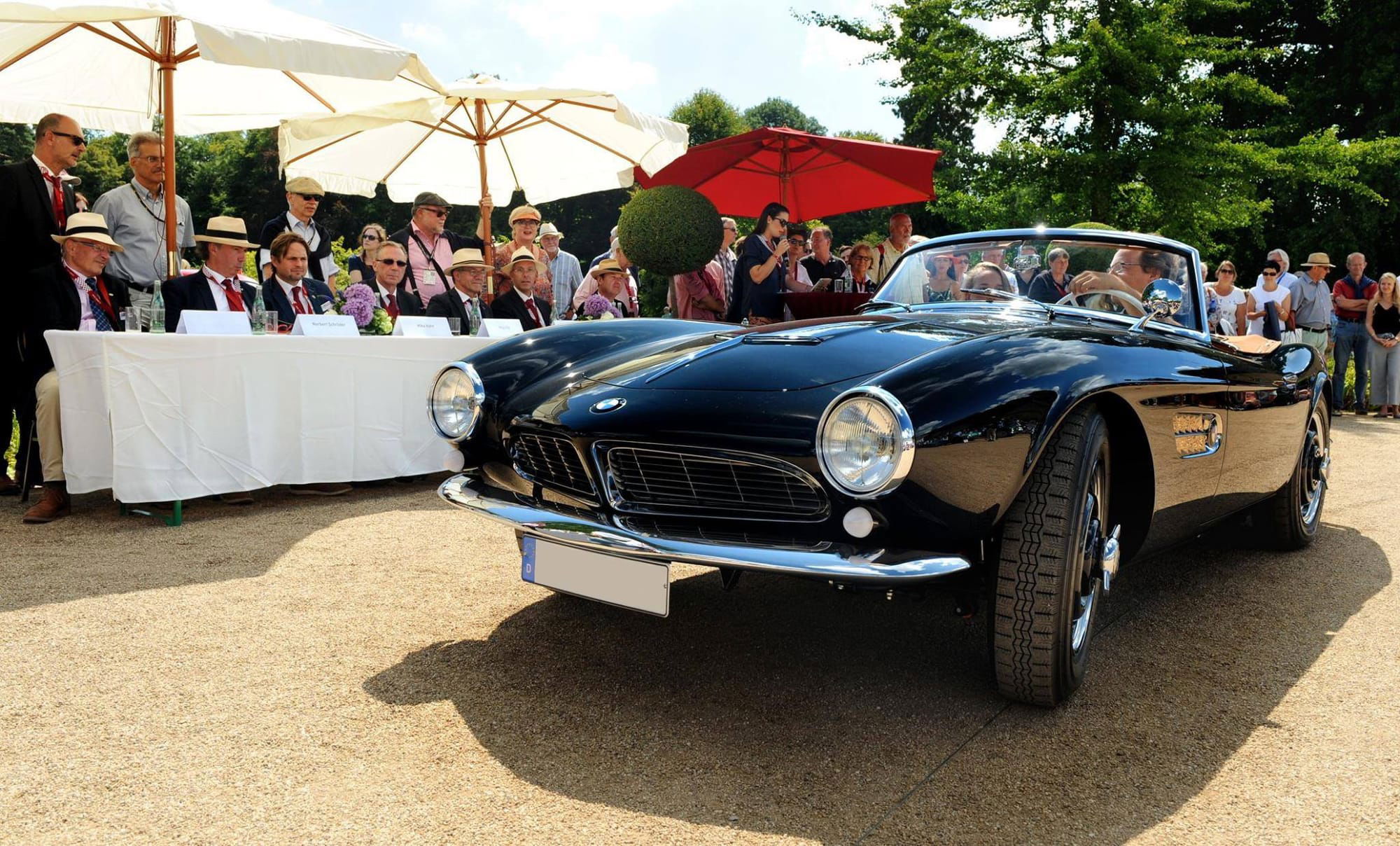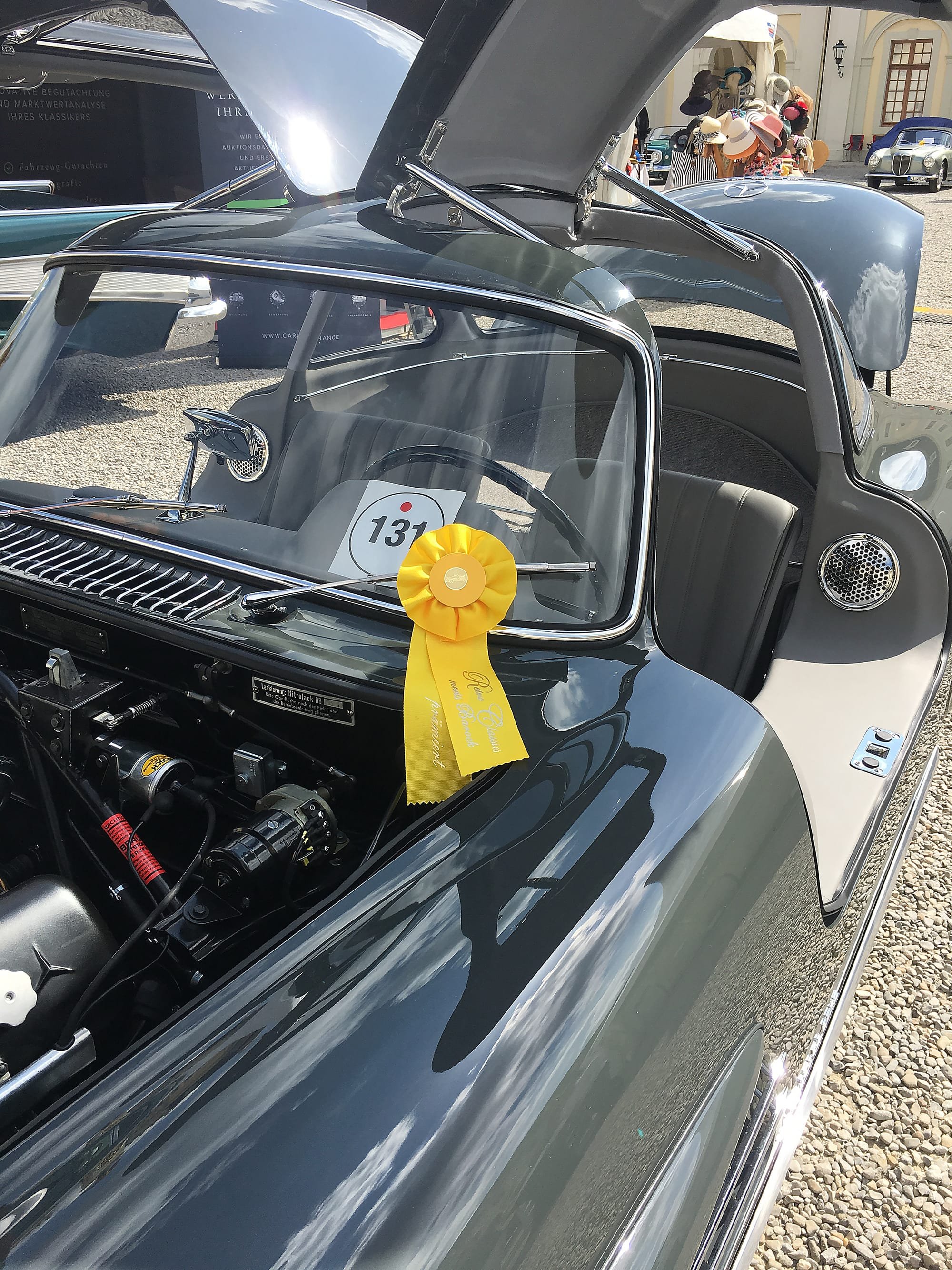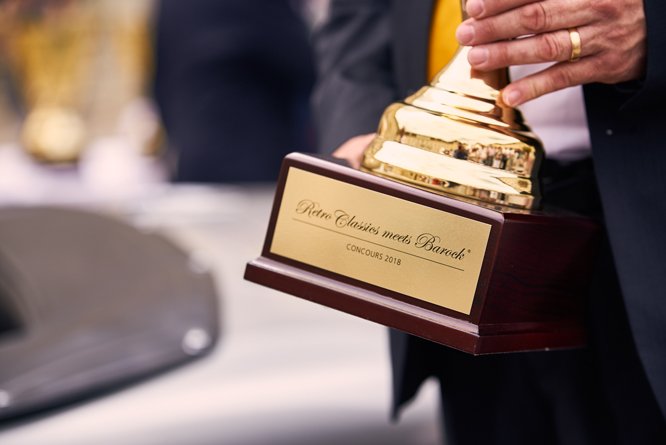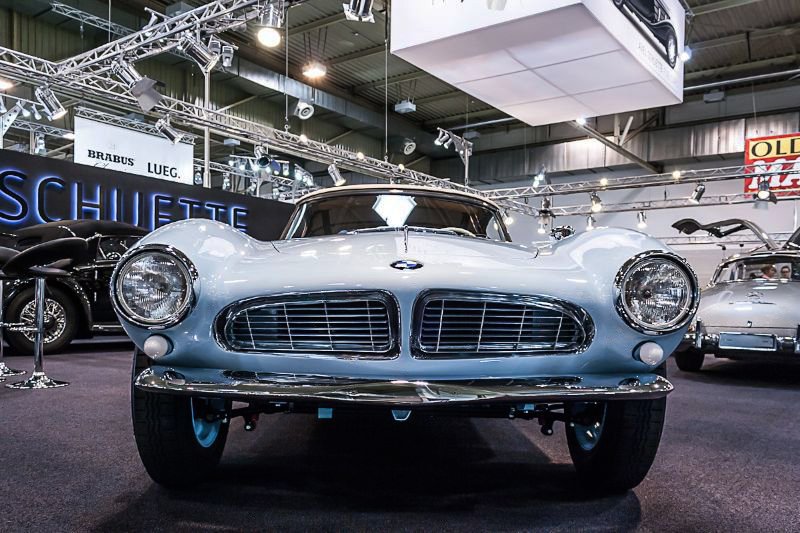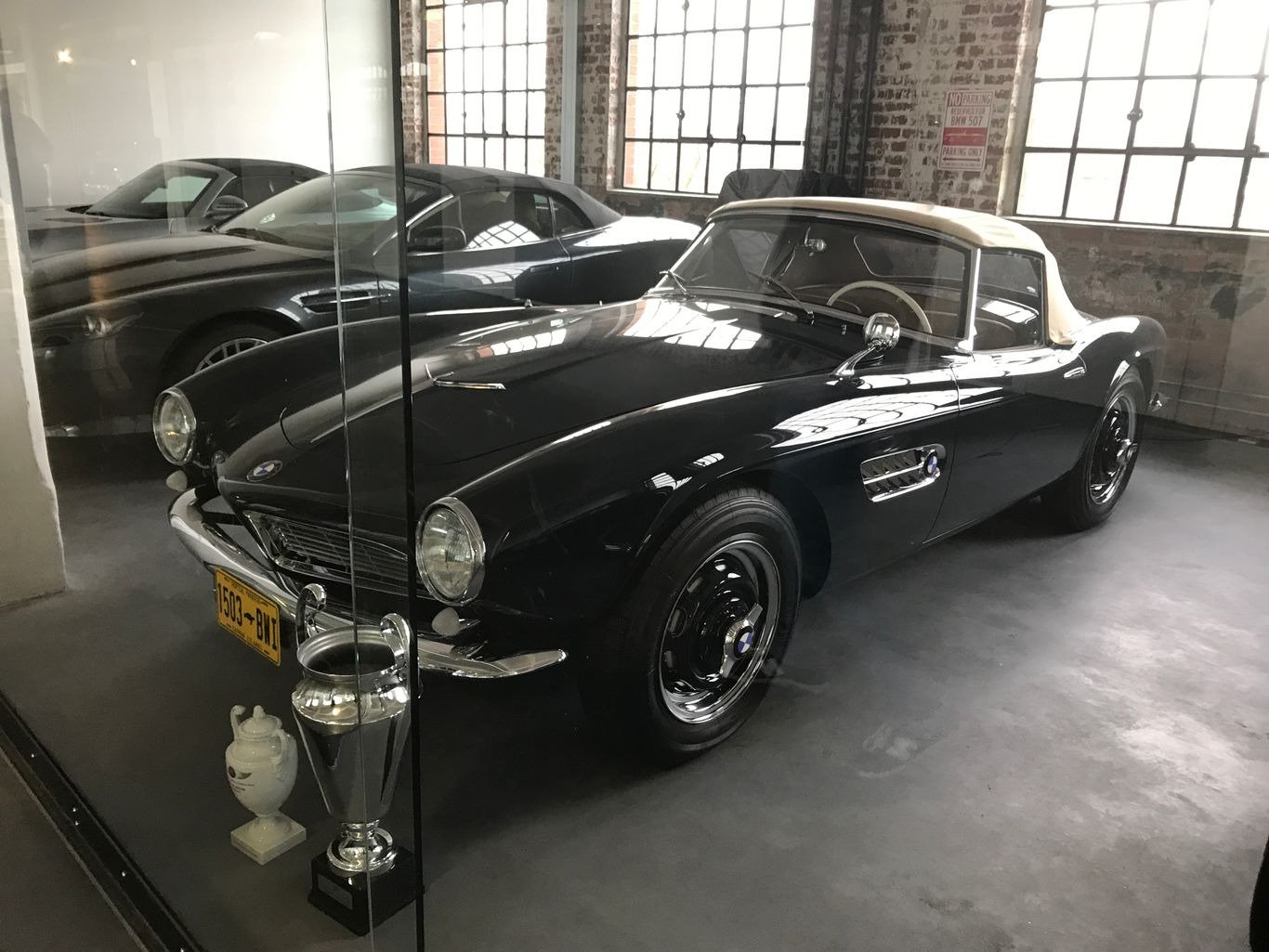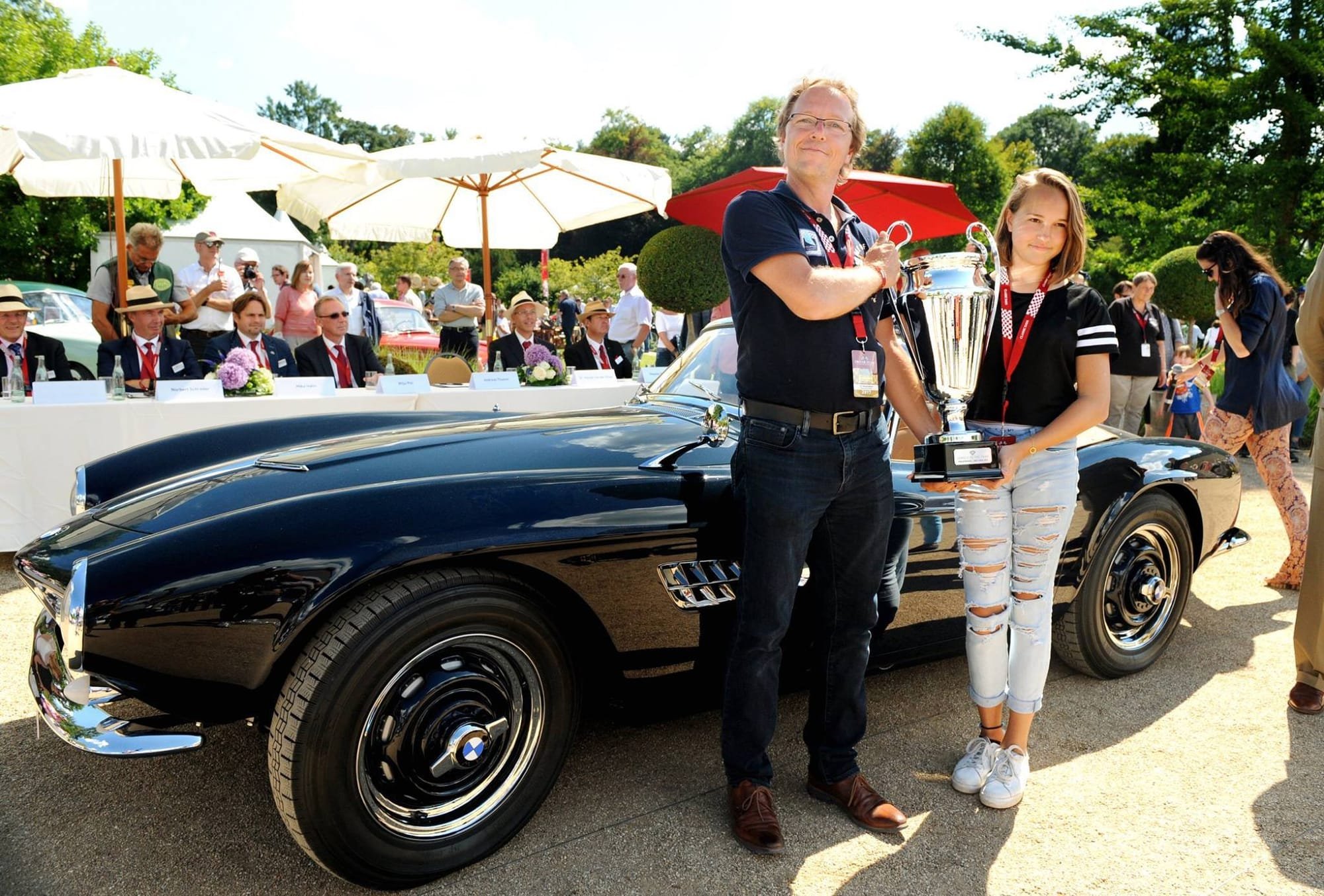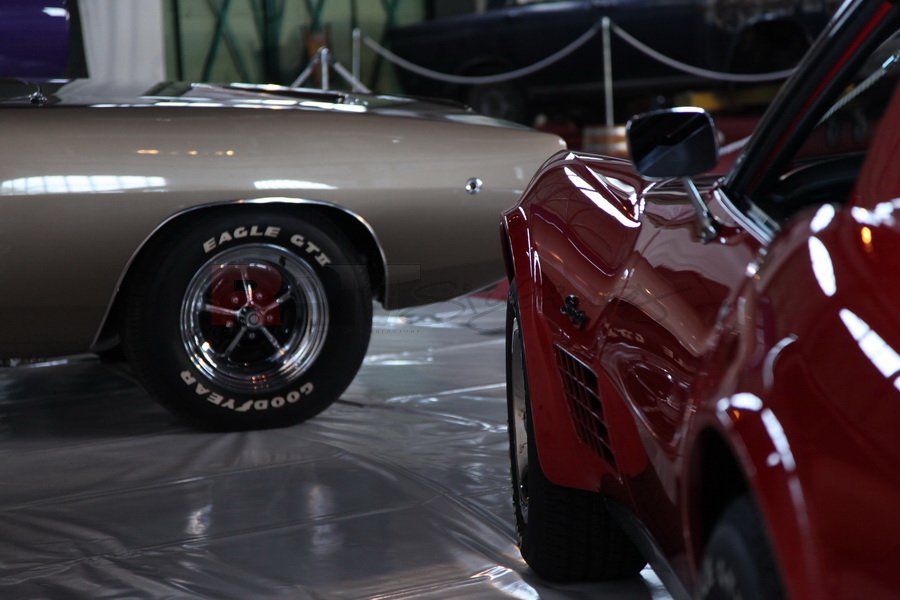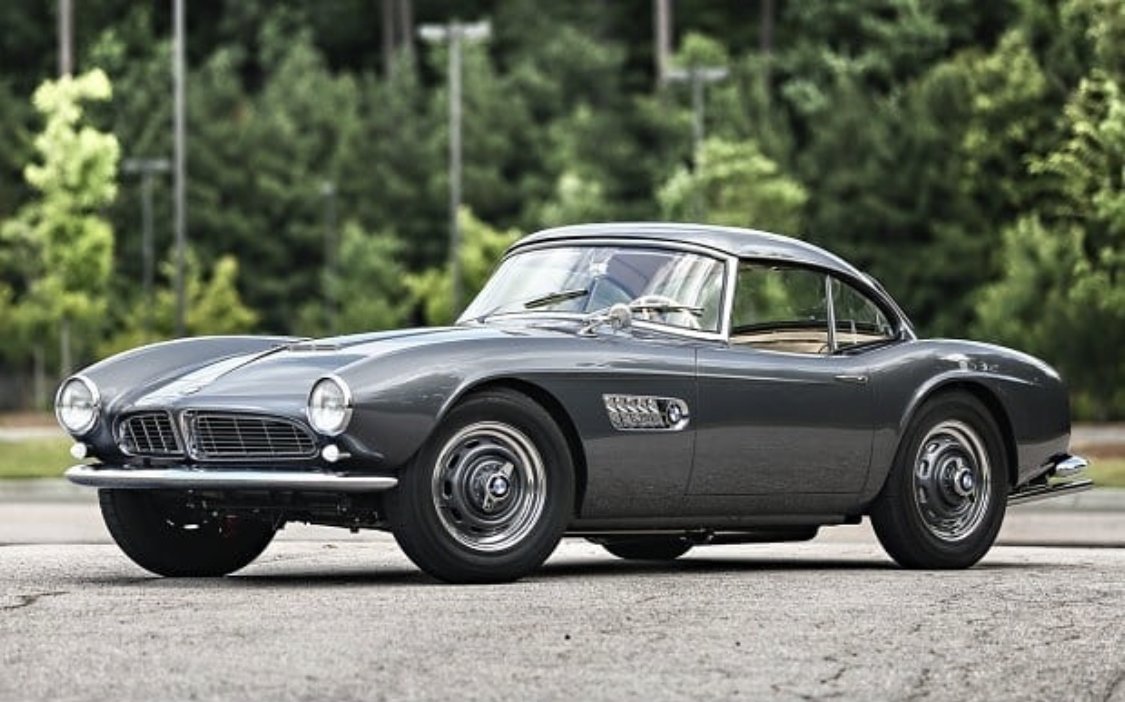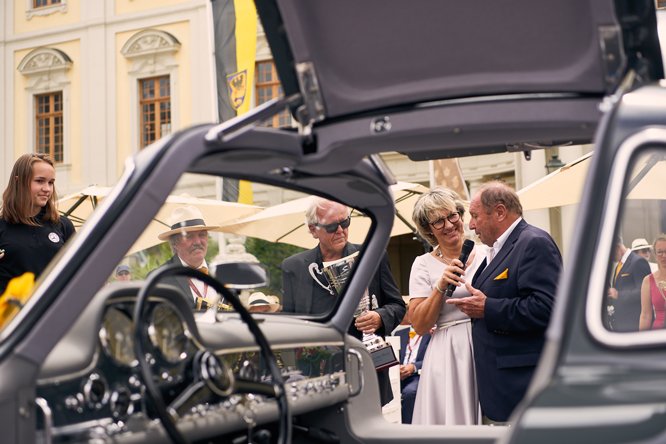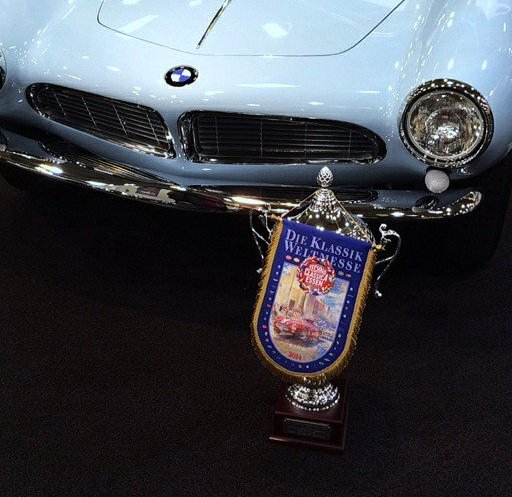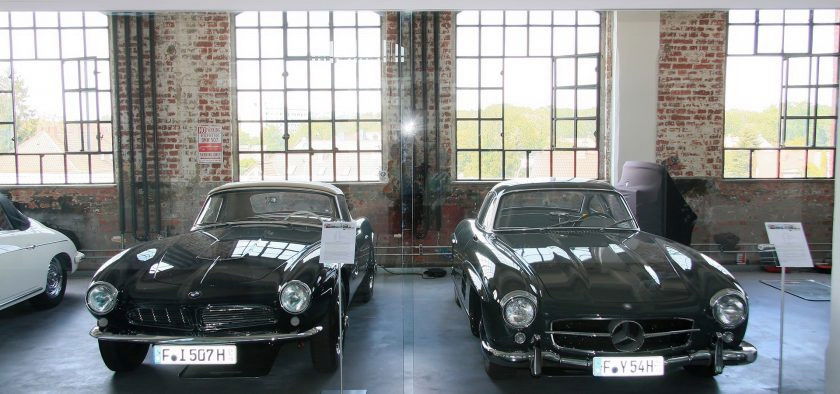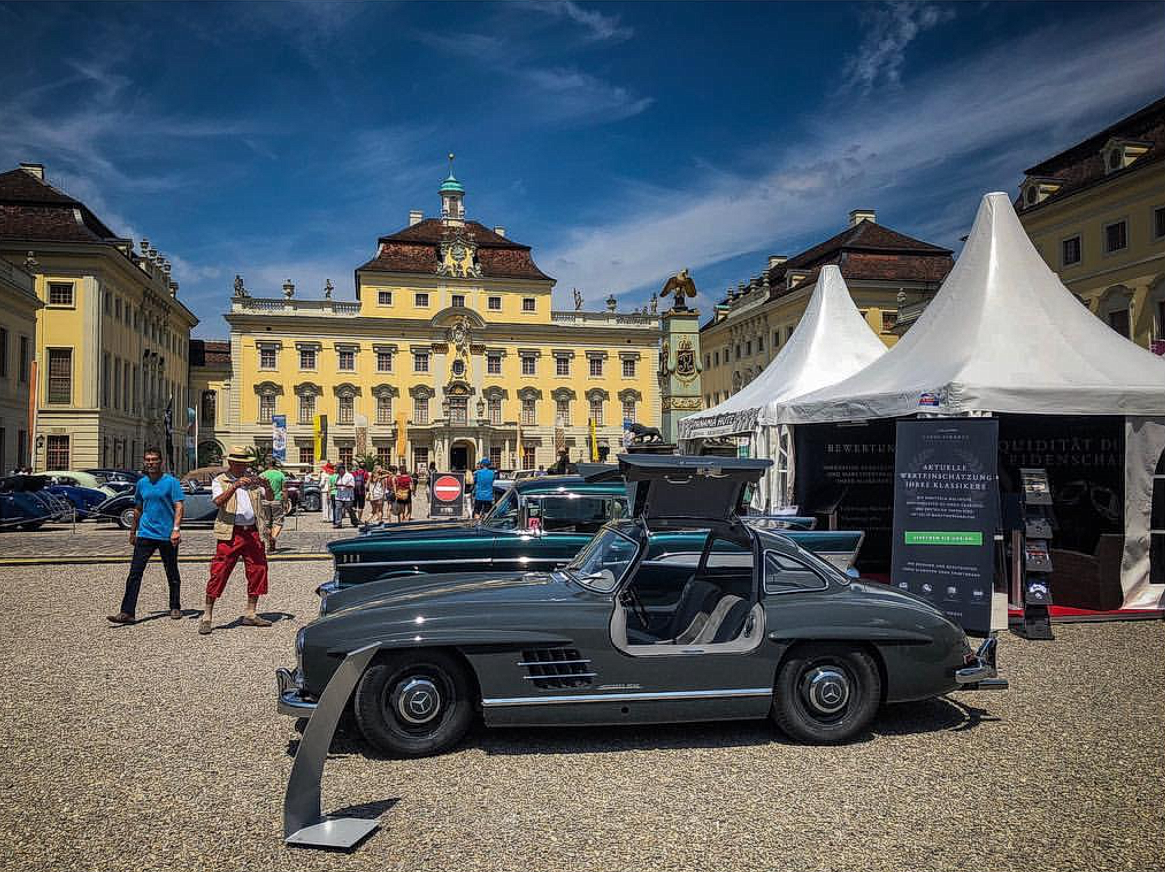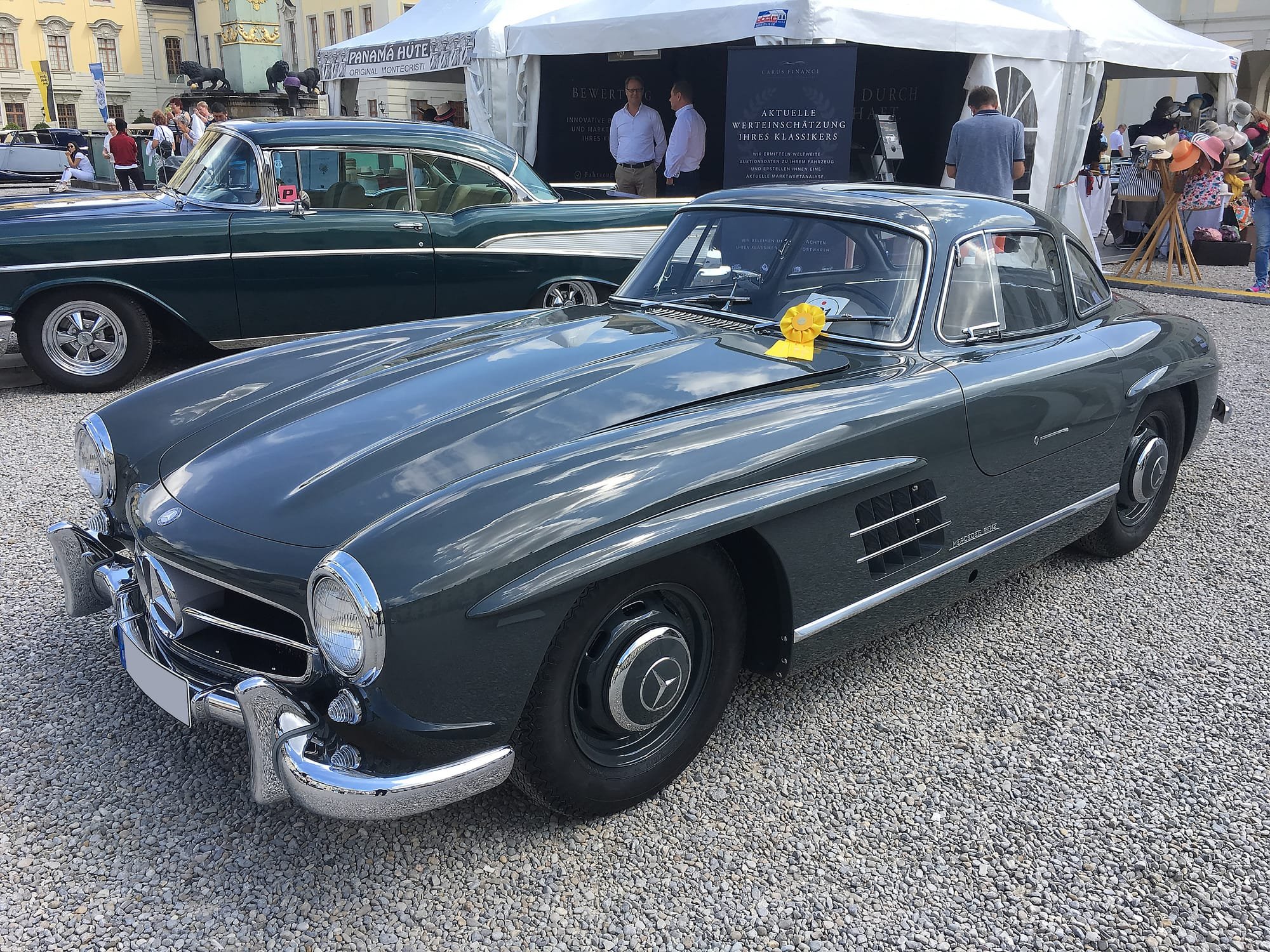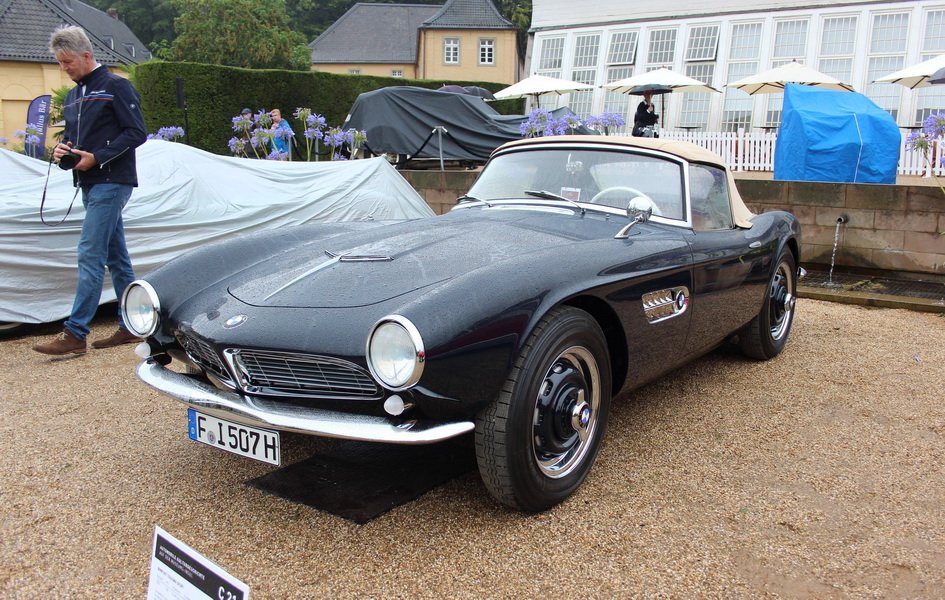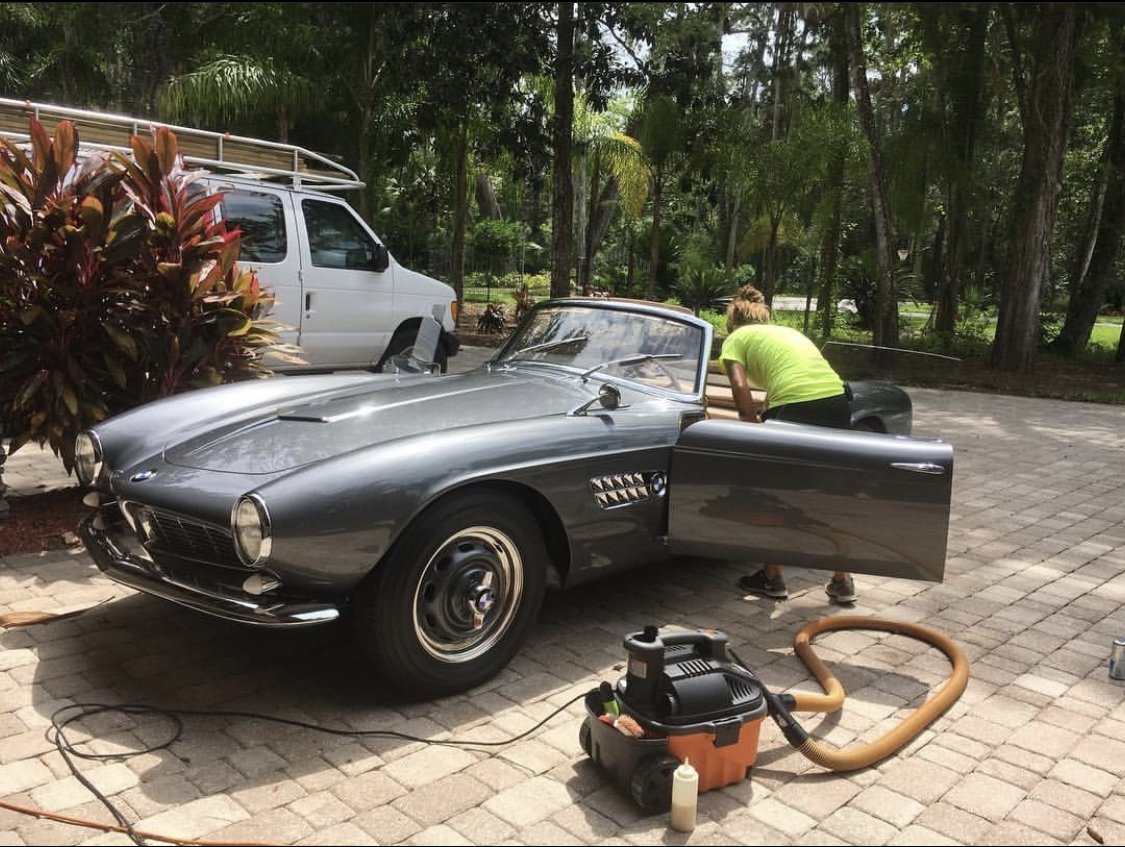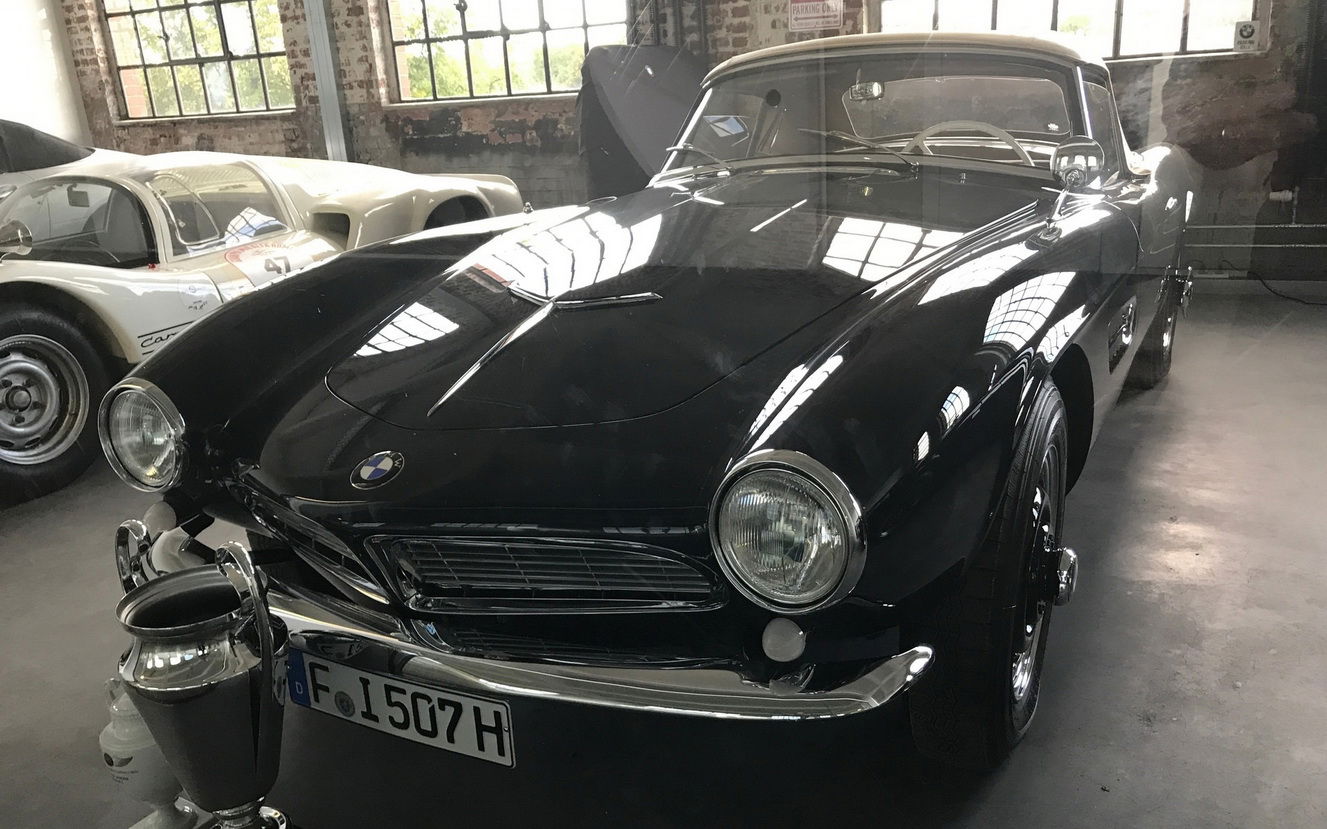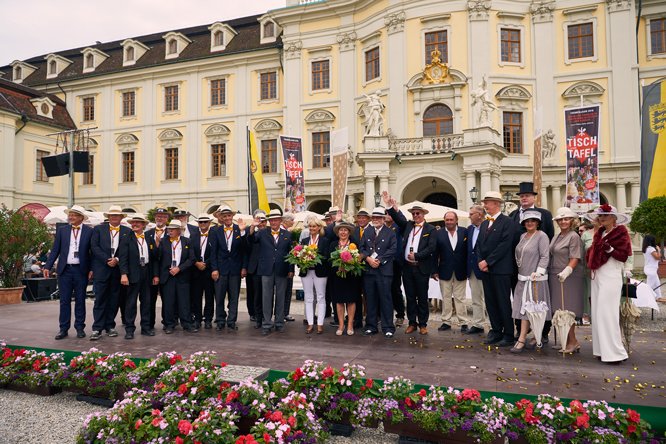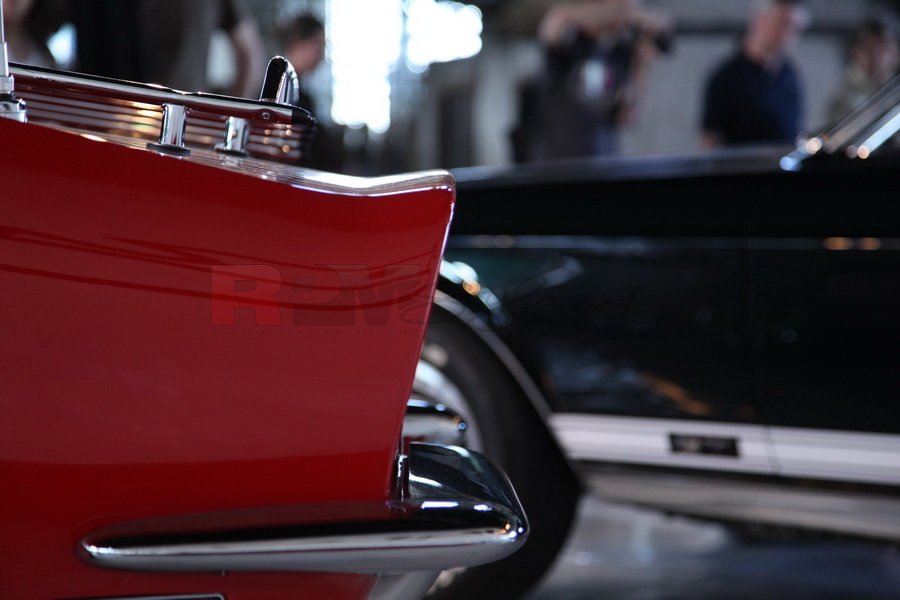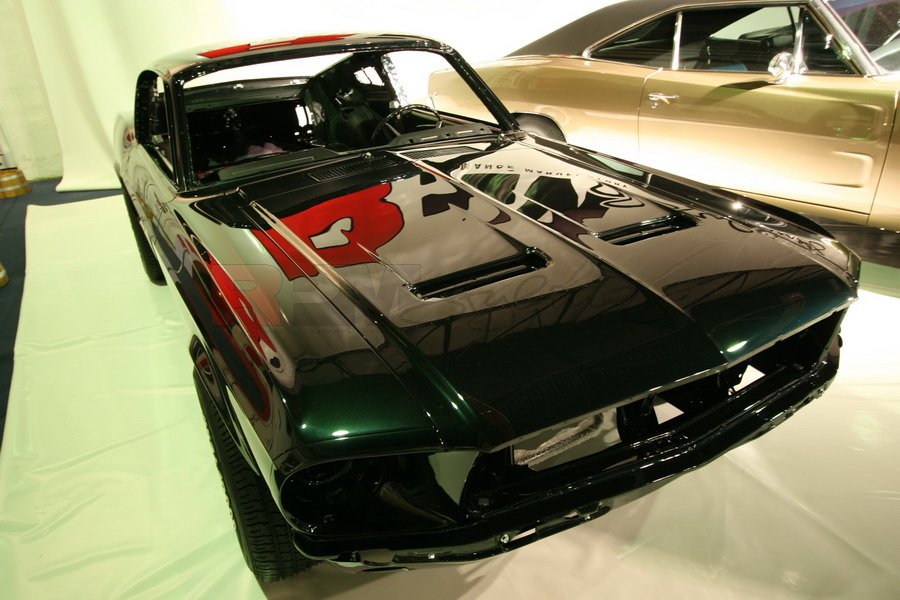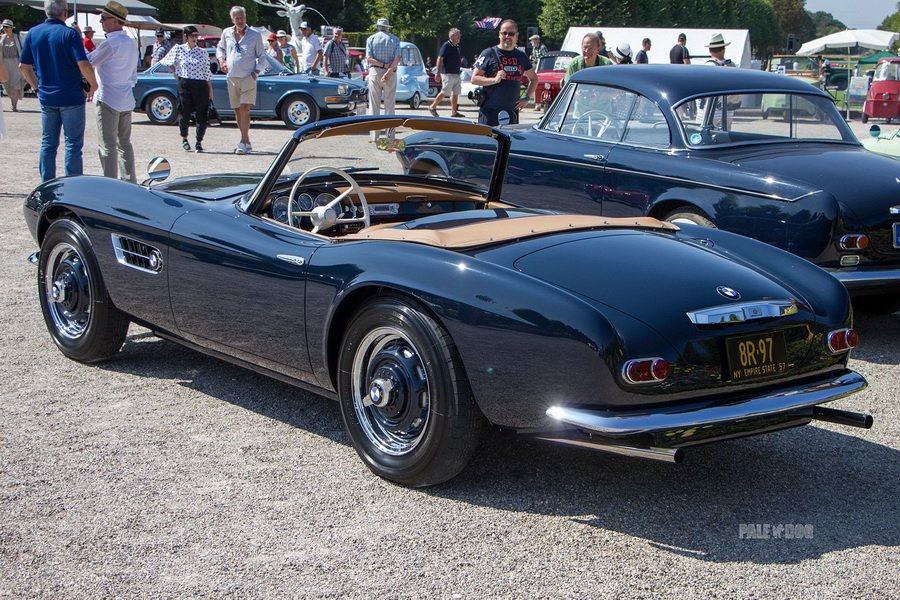A RESTAURÁLÁS
MŰVÉSZETE
JÉGKÁR és HORPADÁS JAVÍTÁS
20 éves restaurálási tapasztalat
Gyors ügyélfogadás
Online kárfelmérés
9 Concours d’Elegance trófea
8 árrekord
horpadás Jégkár autórestaurálás
Rólunk
RPM-STYLING
Az RPM-Styling családi vállalkozásban felépített európai márka, amit nagy értékű klasszikus autók restaurálására hoztunk létre. Cègünk 20 éves szakmai és üzleti múlttal rendelkező manufaktúrává vált, specialitásunk a BMW 507 és Mercedes-Benz 300 SL típusok szakértő felújítása, de végezzük olasz, angol, német és amerikai autók nagy pontosságú helyreállítását is.
9 darabos, részletesen prezentált BMW 507 restaurálási sorozatunk a világon egyedülálló. Számos német és amerikai FIVA „A” Concours d’Elegance kupát nyertek el és aktuális rekord összegért cserélnek gazdát.
Egyéb klasszikus járművek közül Ferrari 275 GTB, BMW 503 Cabriolet és Austin Healey 3000 mkIII részletes restaurálási referenciával szintén rendelkezünk
Portfoliónk több darabja nyert el szakmai- vagy közönségdíjat (9db Concours d’Elegance kupa), vagy tart eladási árrekordot (8 árrekord) olyan fontos német, amerikai, olasz, francia vásárokban, mint Villa d’Este, Essen, Stuttgart, Pebble Beach, Amelia Island, Ludwigsburg, Schloss-Getz, Paris.
RESToration
Az RPM-Styling név egyet jelent a legmagasabb színvonalon restaurált járművek fogalmával. Kifinomult megjelenésükkel autóink kiemelkednek az oldtimerek világából. Egyéniséget képviselnek, melyet exkluzivitásuk jellemez. A brand mára a kompromisszum nélküli, európai stílusú restaurálási technikájáról ismert, top minőségben a legapróbb műszaki részletekig. Klasszikus Mercedes és BMW típusismeretet és gyári technológiát neves német mesterek és műhelyek kezei alatt szereztünk.
Elnyert trófeák a 2018-as RETRO CLASSICS meets Barock® Concours d'Élégance in Ludwigsburg - Klasse E2 - Post-War Vehicle (Closed) 1950-1960 - SO 04 – Sportscar Post-War Closed
Tudjon meg többetBest of show nyertes 2014-ben a FIVA Concours d'Elegance, Techno Classica SIHA Essen, Cabriolet - ketegóriájában
Tudjon meg többet3 trófea a Schloss Bensberg Classics Concours d’Elégance-on: Category: Best of show (public) Category: Post-war open Category: Under the white and blue sky – 100 years of BMW: the cabriolets
Tudjon meg többetÁrrekord a Pebble Beach Auction-ön 2017-ben USD 2,750,000. Elnyerte a "Best In Class - Sports and GT Cars (1957-1964)" díjat a The Amelia Island Concours d'Elegance 2018-on
Tudjon meg többet18 hónapos restaurálás után debütált az Essen Techno Classica SIHA 2013-on. Az autó már a nyitónapon gazdára talált.
Tudjon meg többetMűhelyünk büszkesége ez a ritka Ferrari 275GTB, a Mille Miglia többszörös tagja
Tudjon meg többetEgyike a 252db összesen gyártott BMW 507 autónak. A típust Elvis Presley, Bernie Ecclestone, Alain Delon is birtokolta
Tudjon meg többetA "Lady car" kódnév alatt restaurált Serie 2 BMW 507 a veterán versenyek résztvevője
Tudjon meg többetA 27db valaha gyártott BMW 507 Serie 1 egyike. A restaurálás után lábon távozott haza Belgiumba
Tudjon meg többetA Mille Miglia többszörös tagja a műhelyünk által restaurált 5 BMW 507 Serie 1 közül, melyből 27db készült
Tudjon meg többetEgyike a 132db BMW 503 Cabriolet autónak. Érdekessége a elektrohidraulikus tetőnyitás
Tudjon meg többetDíjak, rekordok
A #105 MB 300 SL és a #41 BMW 507 autóink állandó helyet kaptak a frankfurti Klassikstadt múzeumban, de építettünk már karosszériát a BMW Classic Münich számára is.
Klasszikus típusismeretet és rutint olyan neves német mesterek kezei alatt szereztünk, mint Jürgen Kassen - Mercedes 300 SL specialista, a néhai Elke Theis és Hans-Jürgen Theis – BMW 507 specialisták, vagy a neves Mercedes restaurátor, York Schmidt.
Az RPM-Styling márka által restaurált járművek kiemelkedő minőségét a klasszikus jármű piac is visszaigazolta, autóink eladási árai átlagosan 10-20%-kal magasabbak az adott típus átlagos piaci értékénél. 2012-2018 között a Hagerty’s BMW 507 árlistáján az RPM-Styling által restaurált darabok publikált eladási árai voltak az adott évek rekordjai. 2017-ben a Goodings & co Pebble Beach-i aukcióján értékesített #81 BMW 507 tartotta a típus rekordját 2,75 millió dollárral, 10%-kal túlszárnyalva a becsült eladási árat.
Sajtó
RPM-show Essenben Koncz János
Tudjon meg többetA nyertes szám: 507 #81 Koncz János
Tudjon meg többetOnline kárfelmérés
Oldalunkon lehetőség van online árajánlatkérésre, de ez KIZÁRÓLAG HORPADÁS ESETÉN alkalmazható, jégkárnál ugyanis minden esetben személyes kárfelmérés szükséges, speciális kontroll lámpák segítségével. Ha szeretne egy irányárat tudni a javítás költségéről, töltse ki űrlapunkat, és kövesse az utasításokat. Felhívjuk figyelmét, hogy az összeg IRÁNYADÓ, pontos árat csak a személyes kárfelvétel után tudunk adni.
Kapcsolat
- RPM-STYLING Jégkár és horpadás javítás 2045 Törökbálint, Mechanikai Művek
Mielőtt ellátogatna hozzànk, kérem egyeztessen időpontot.


